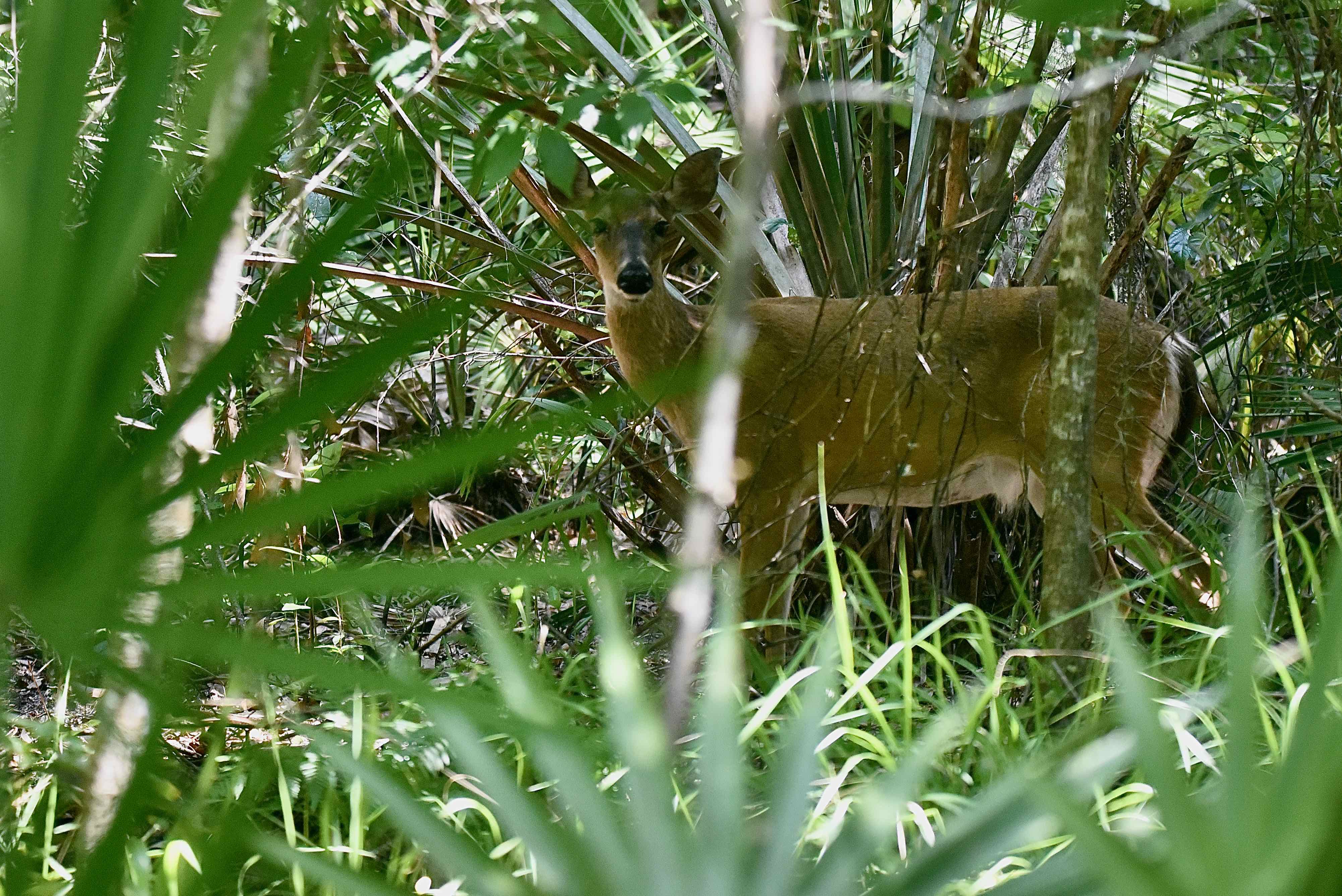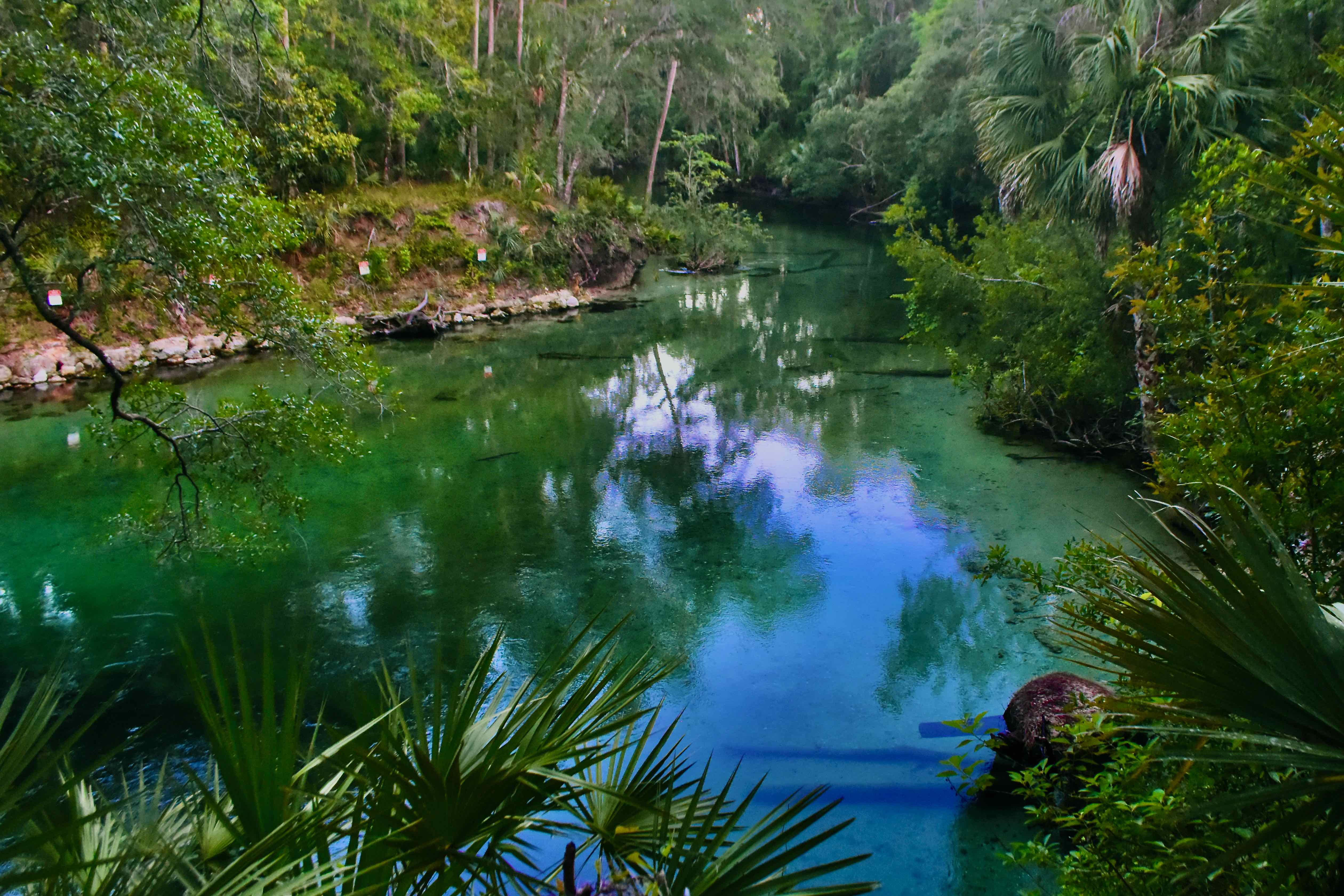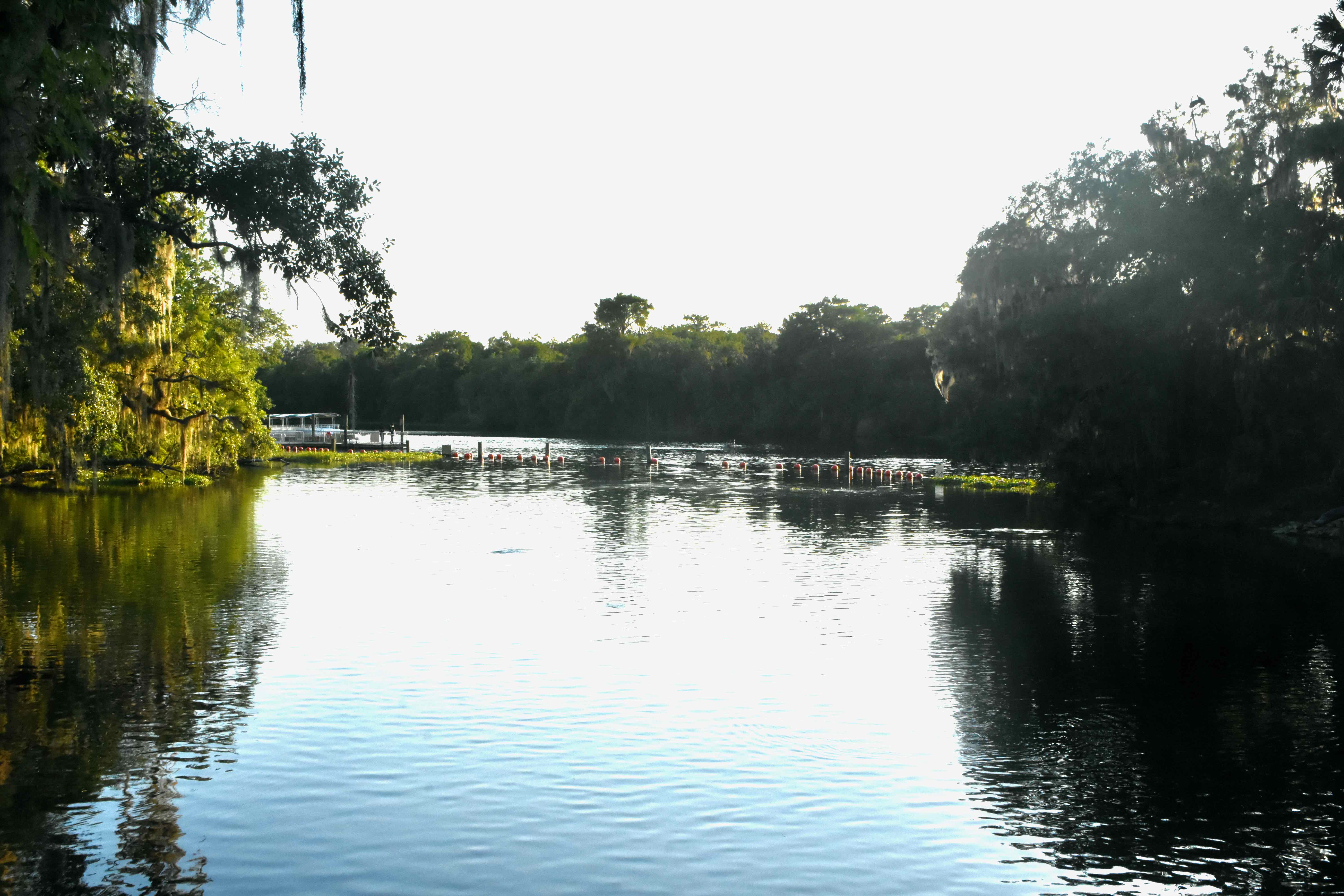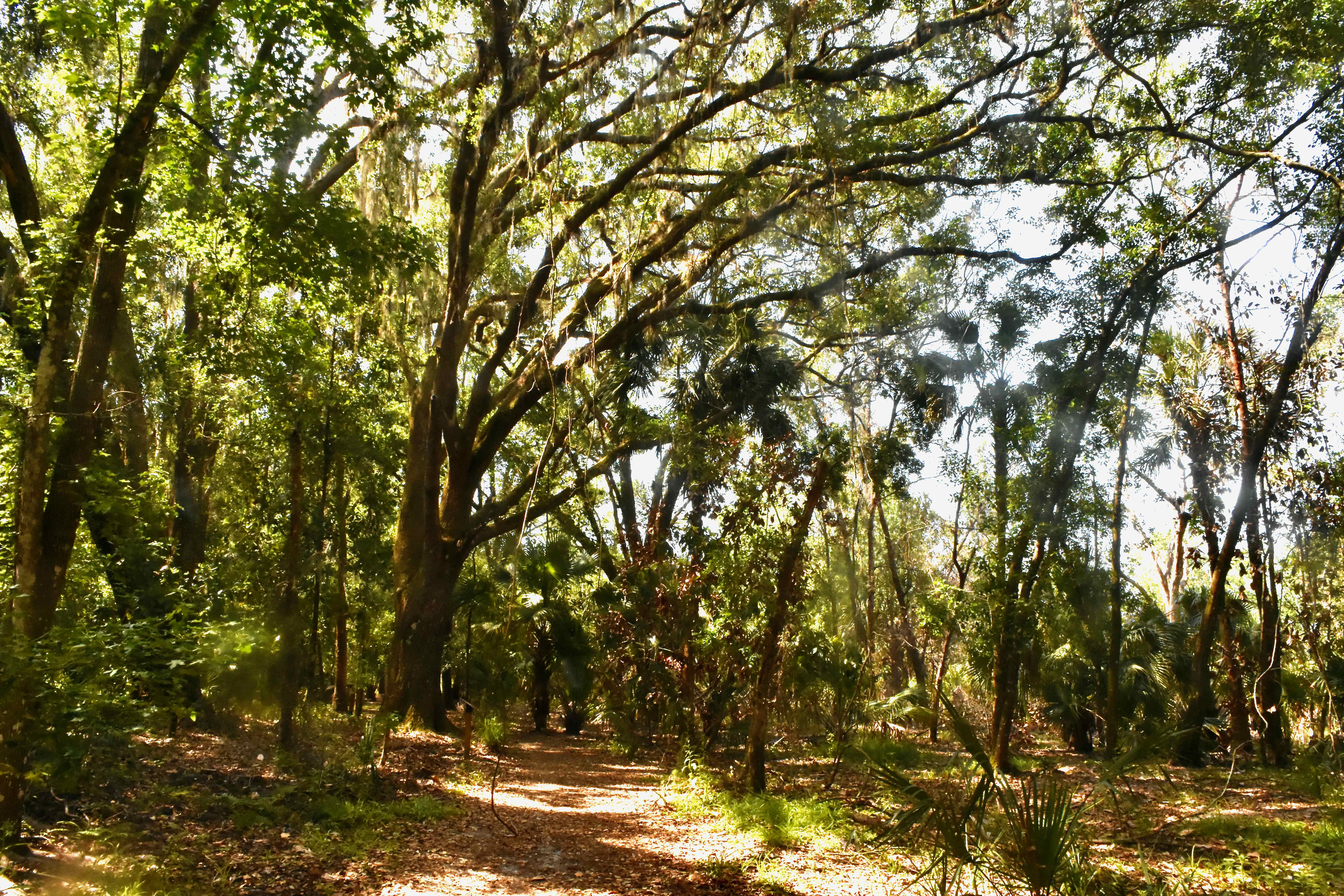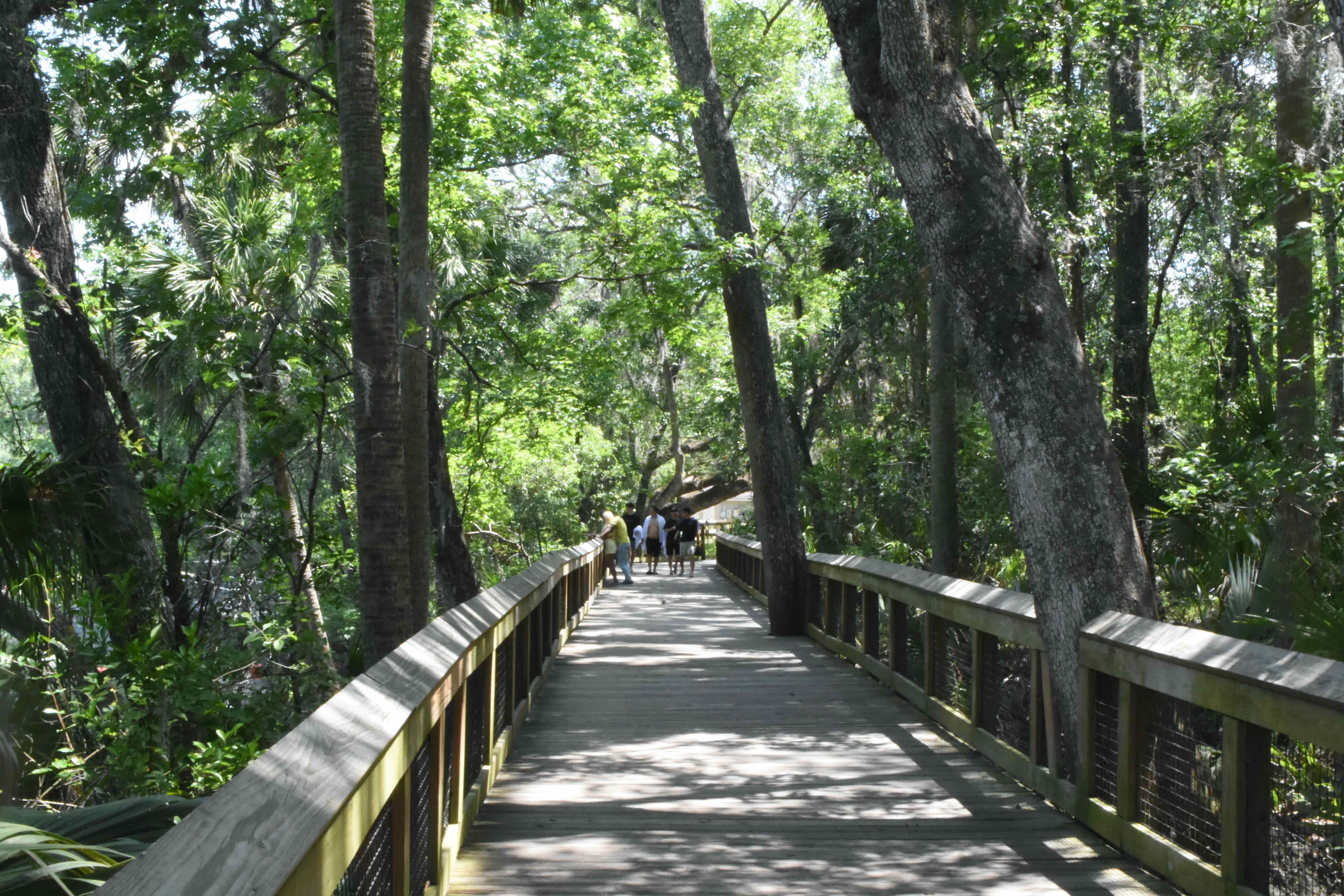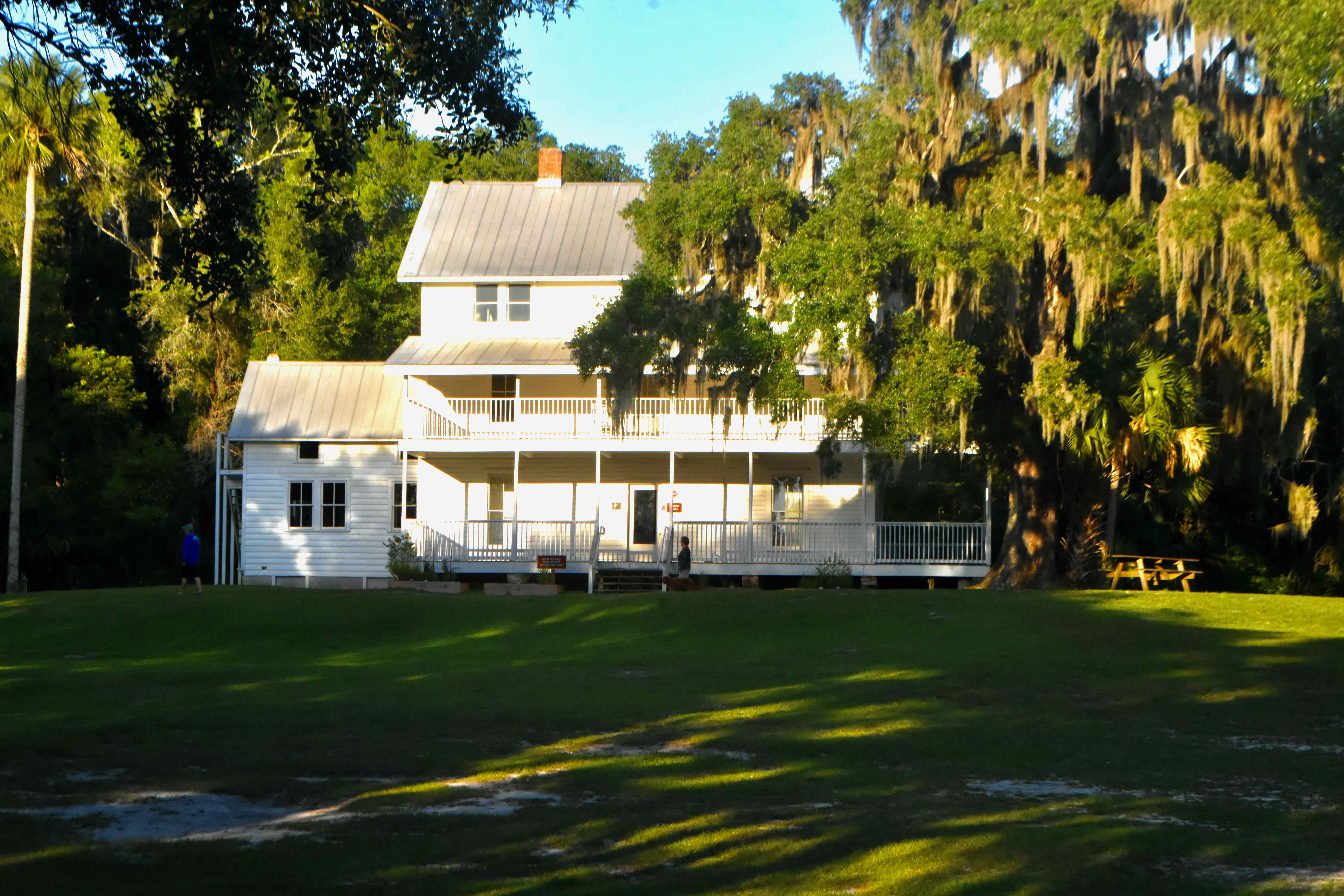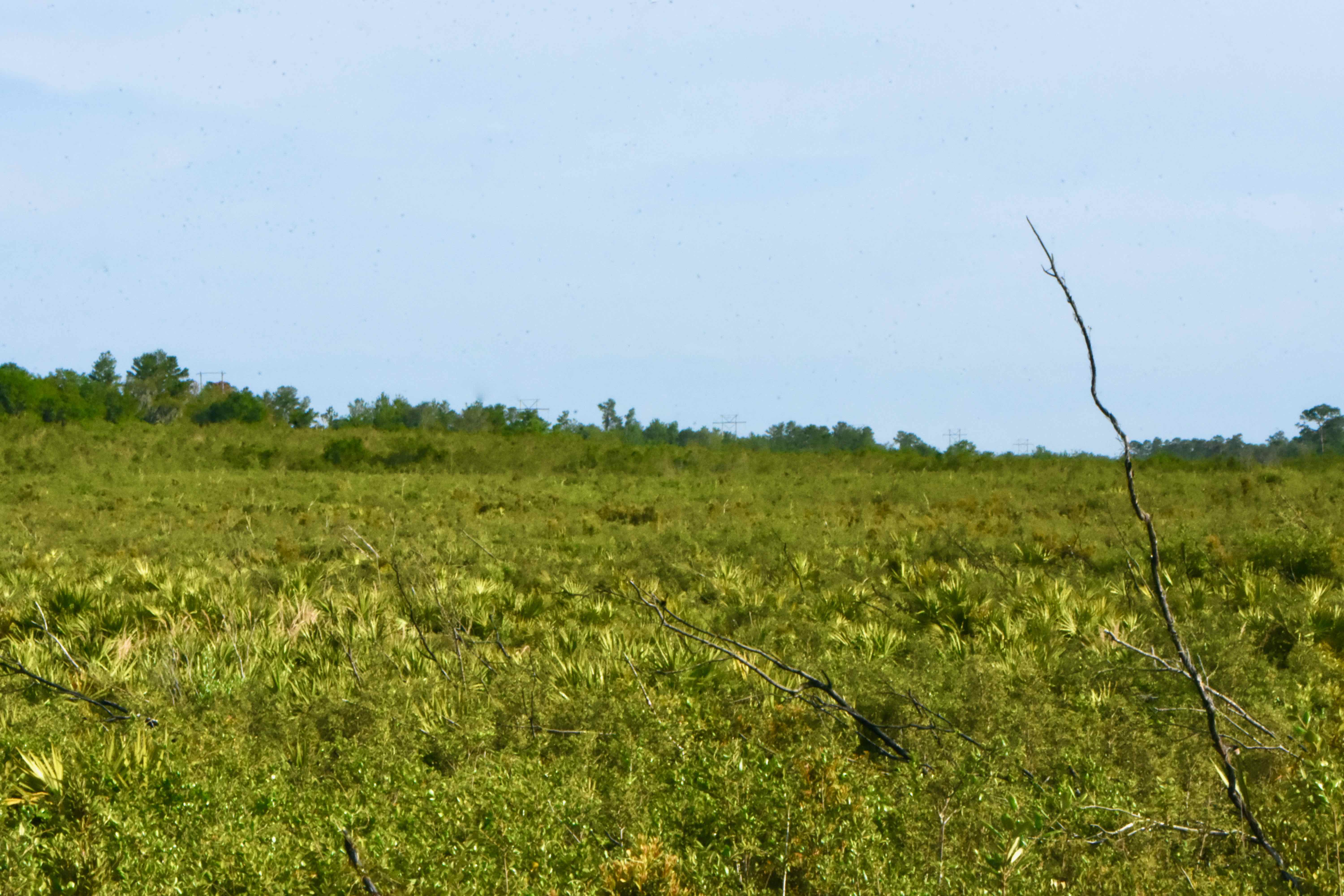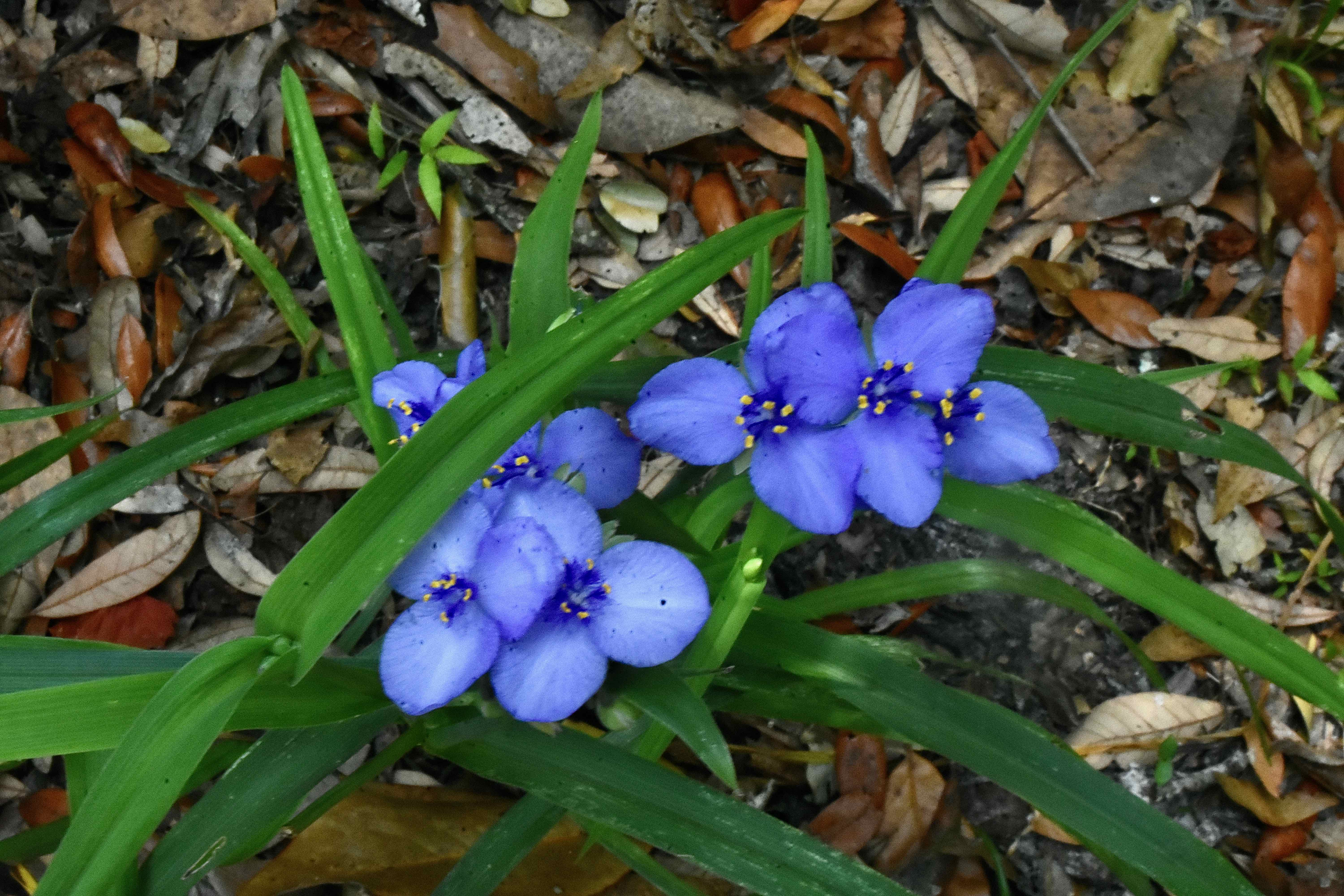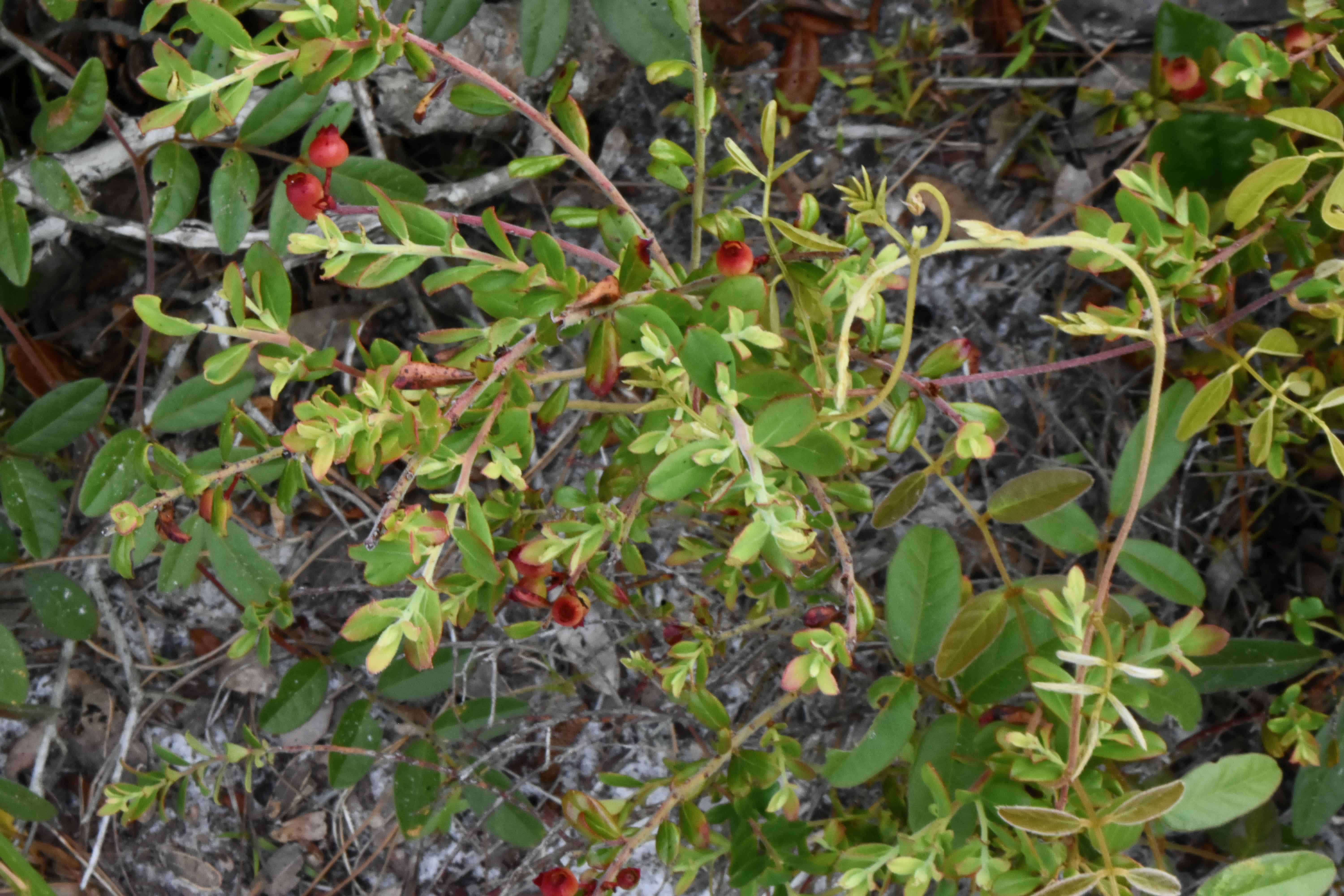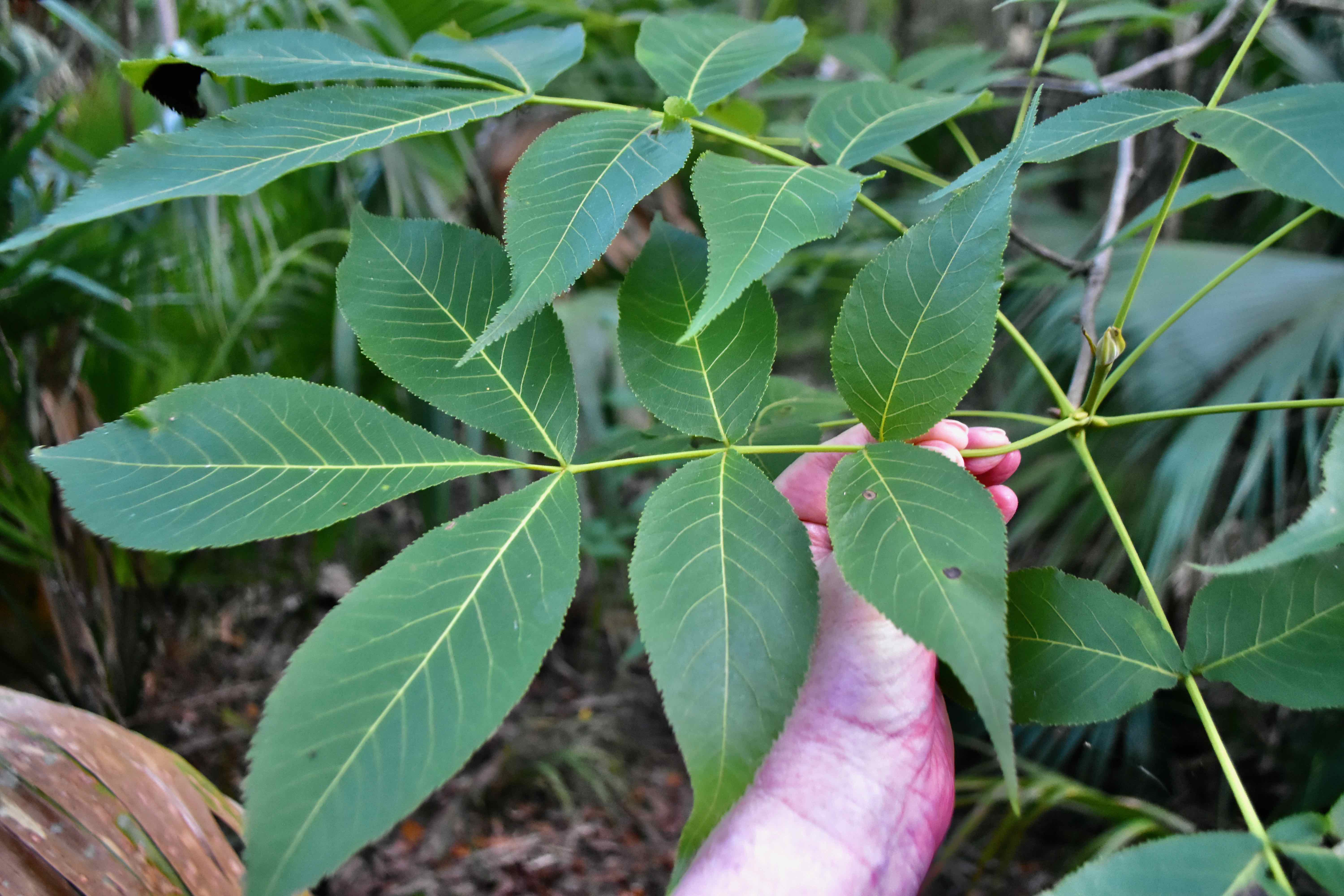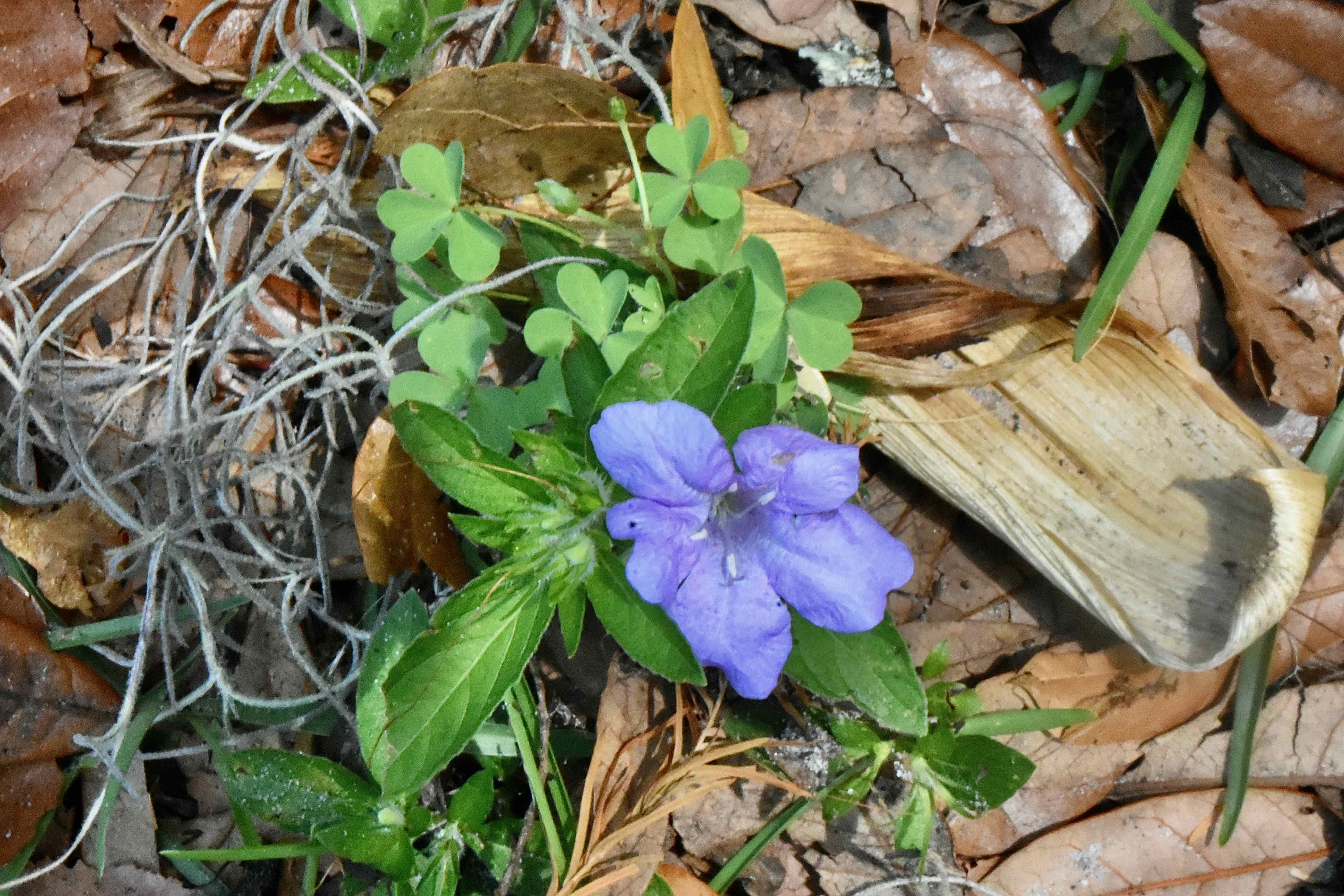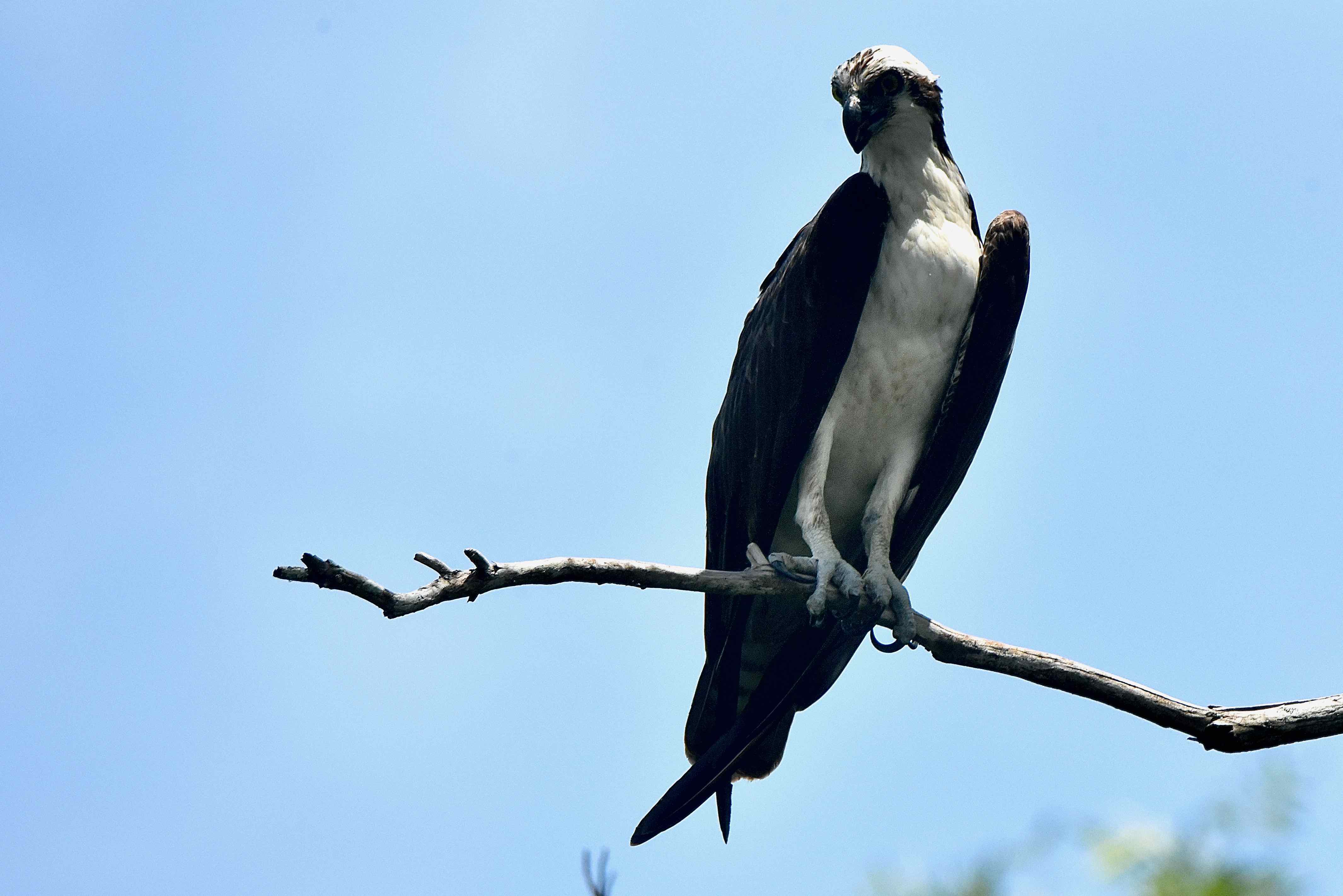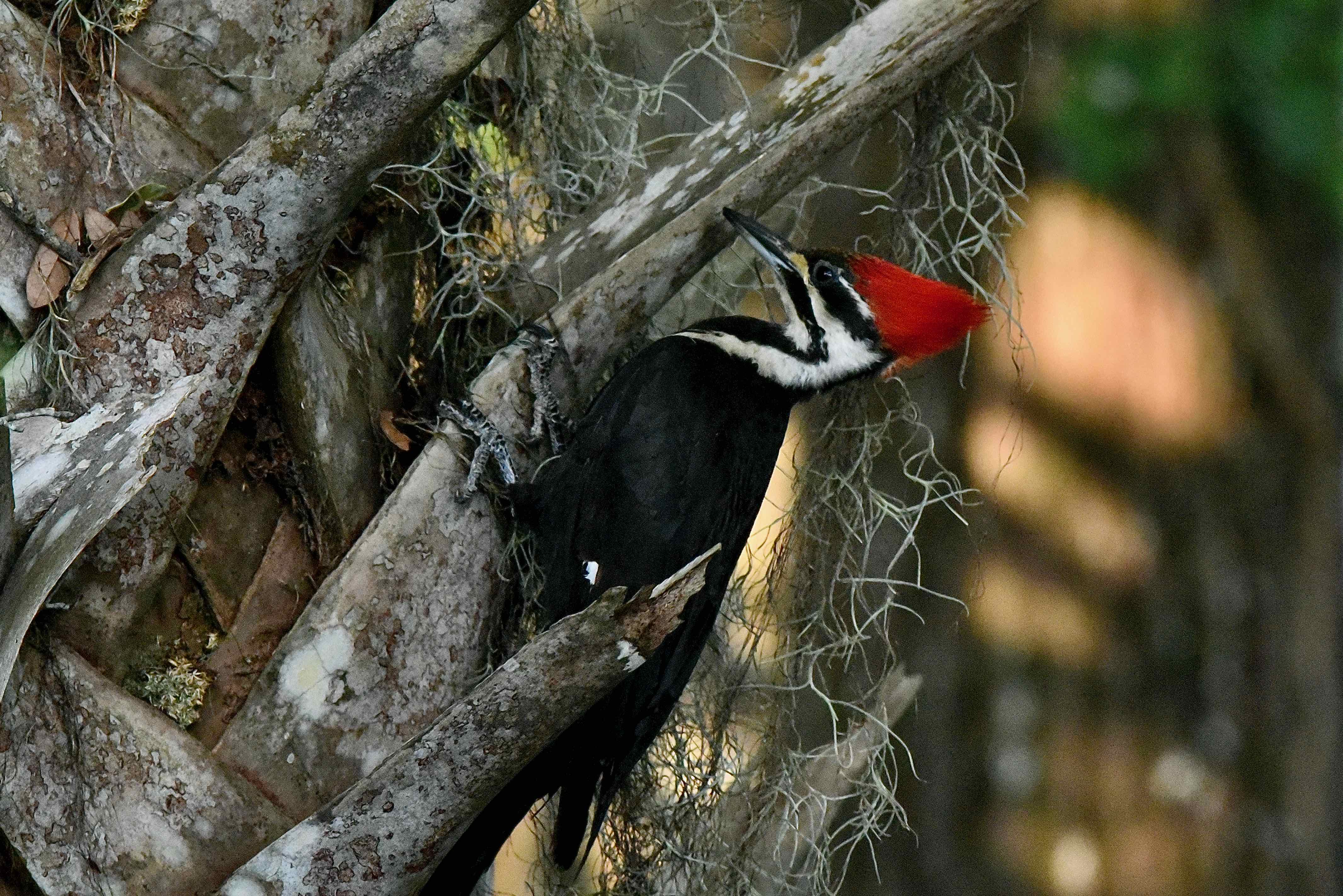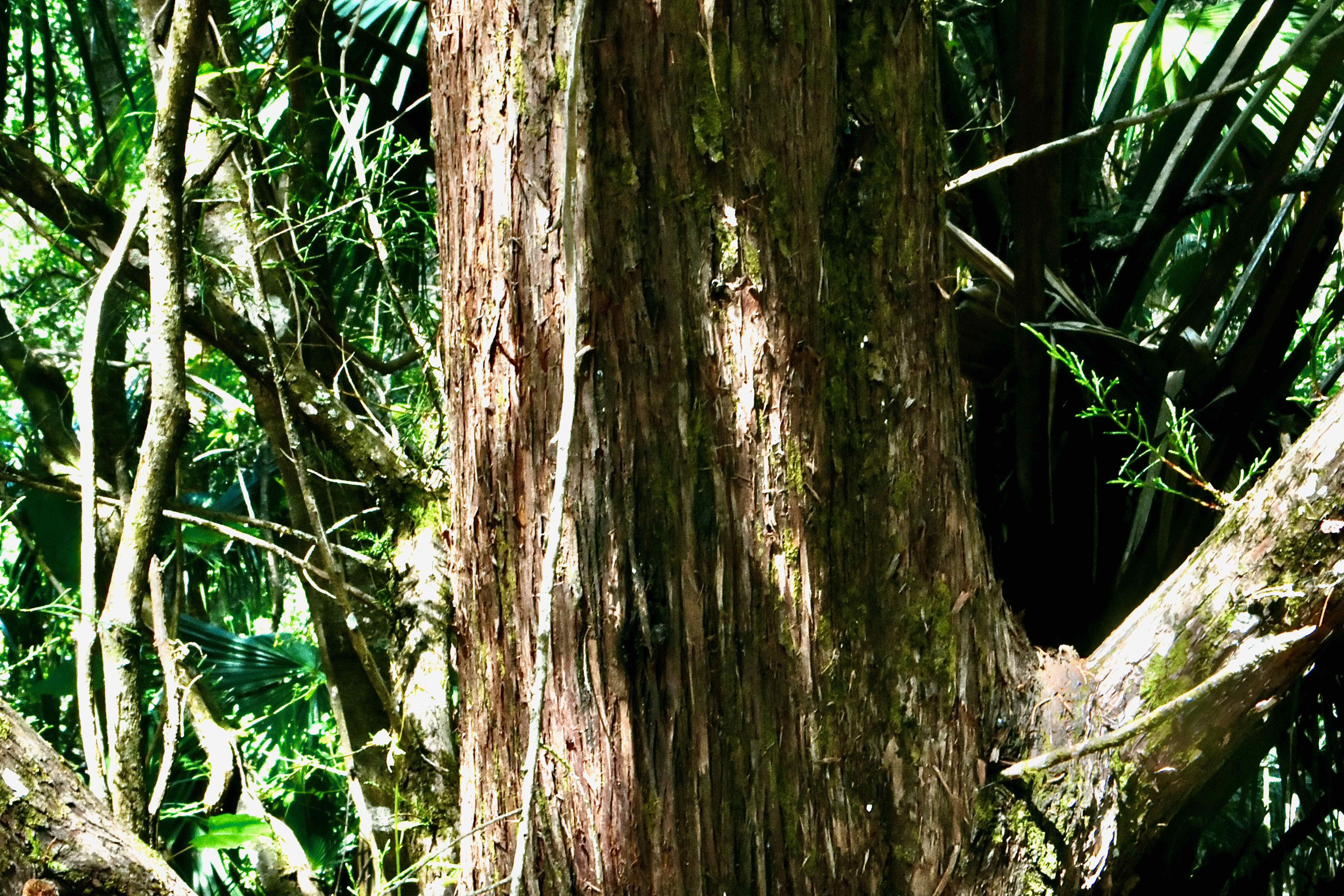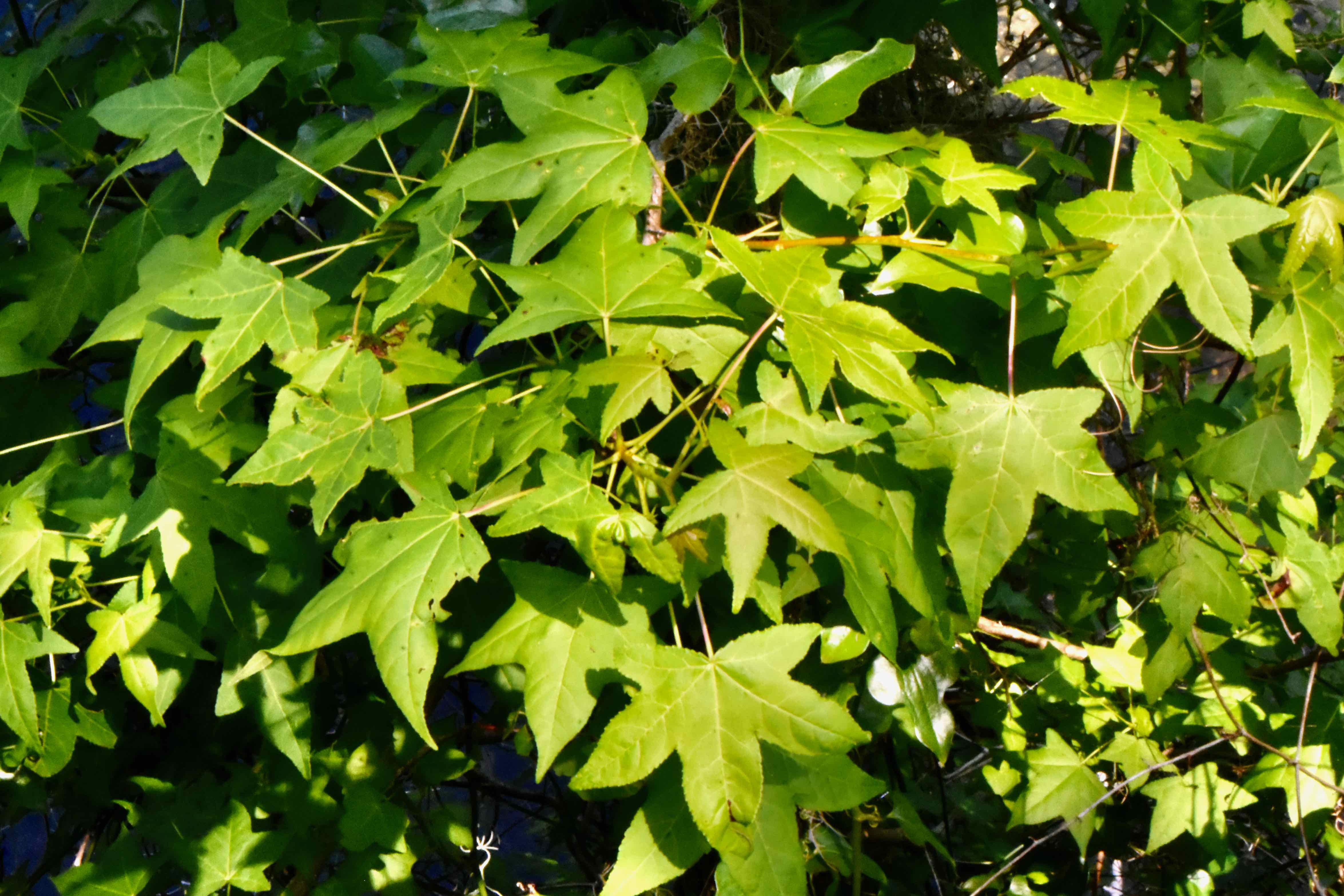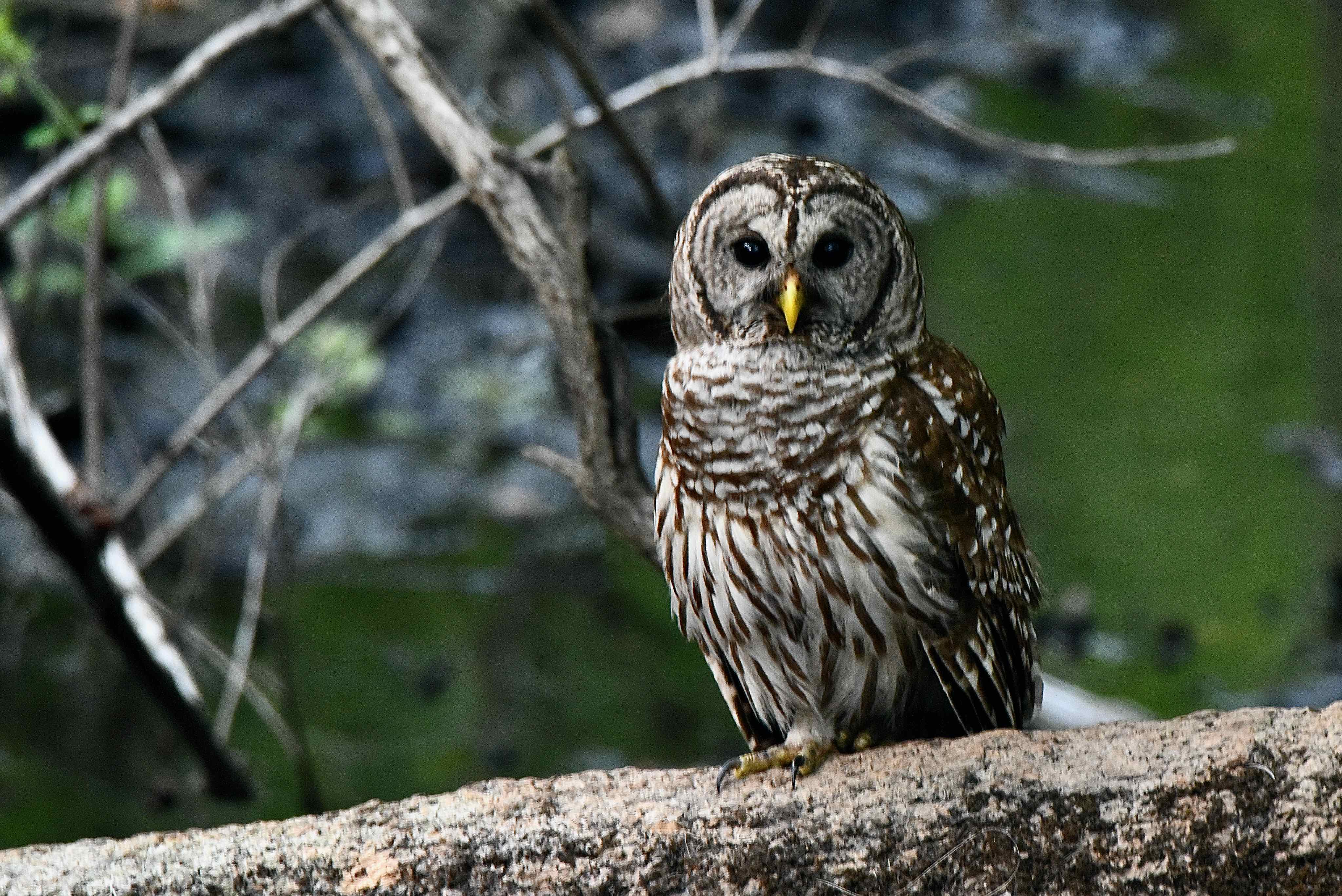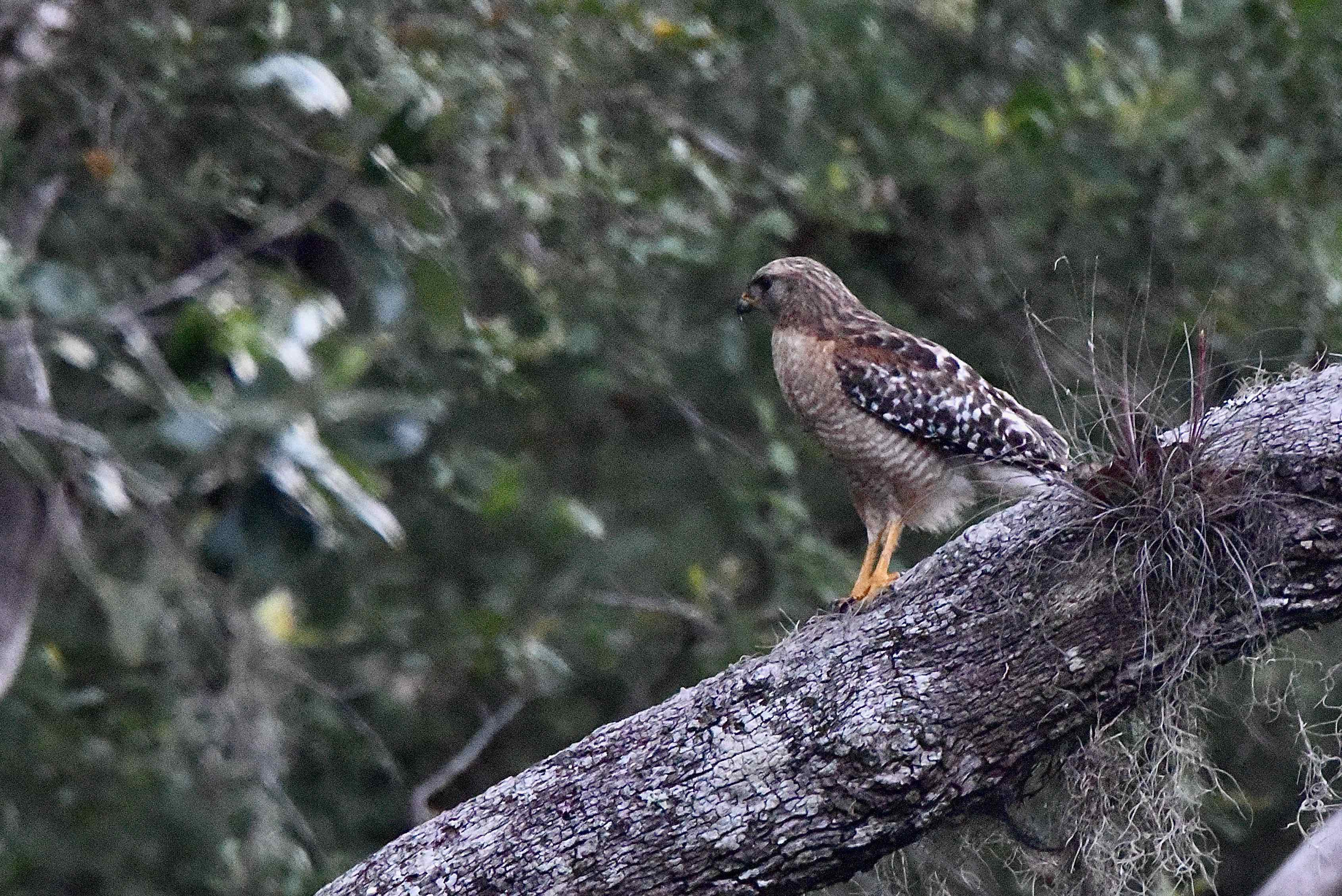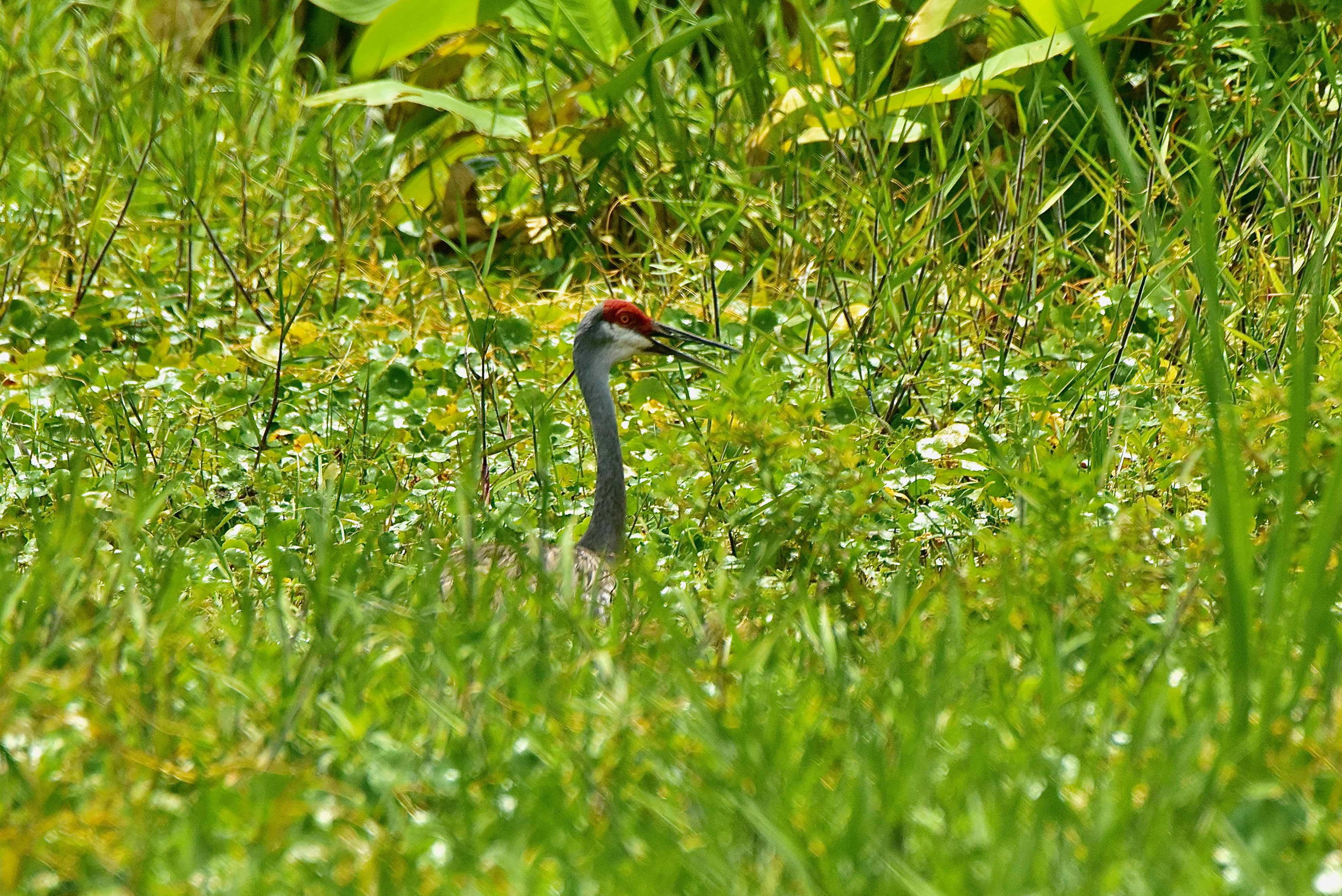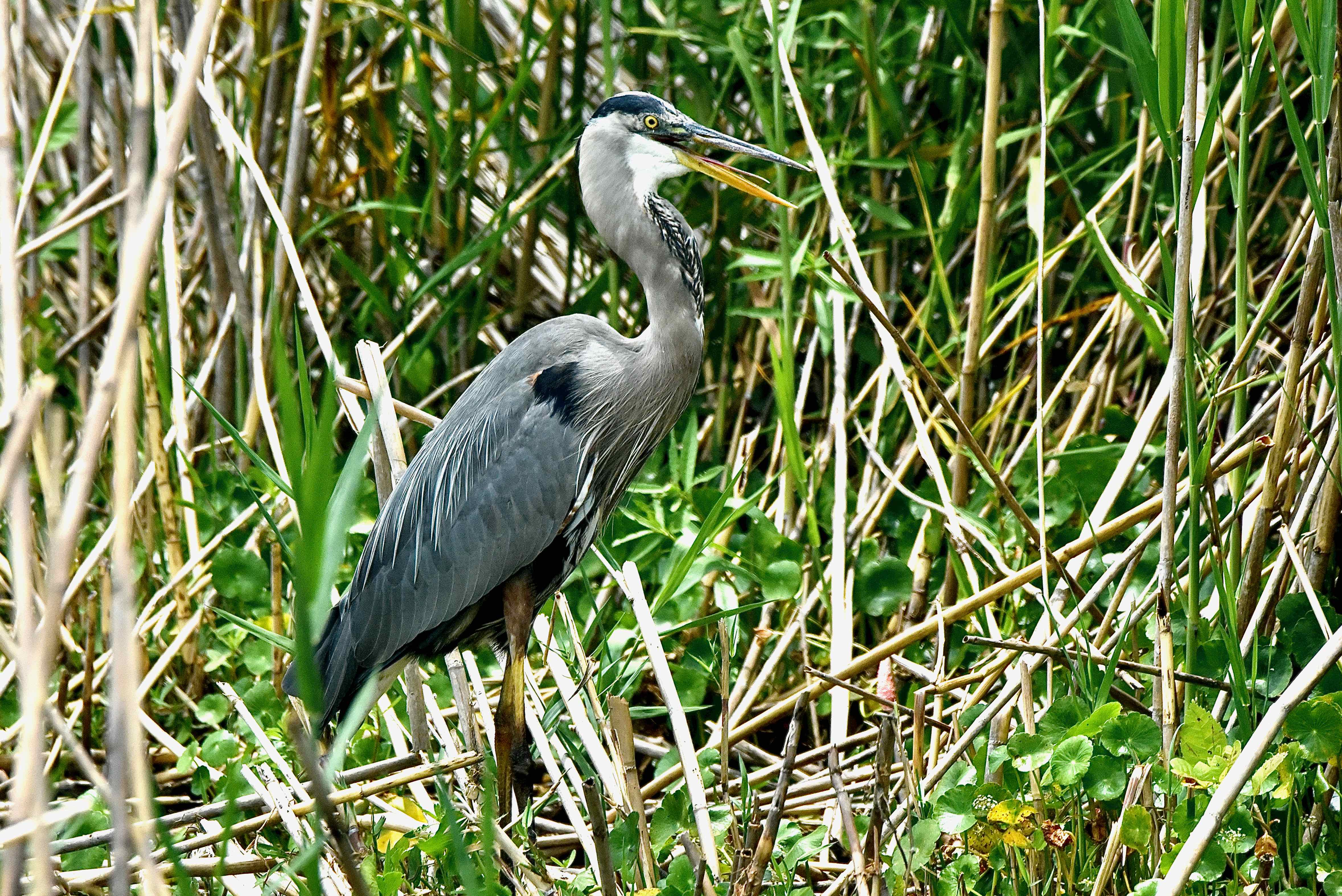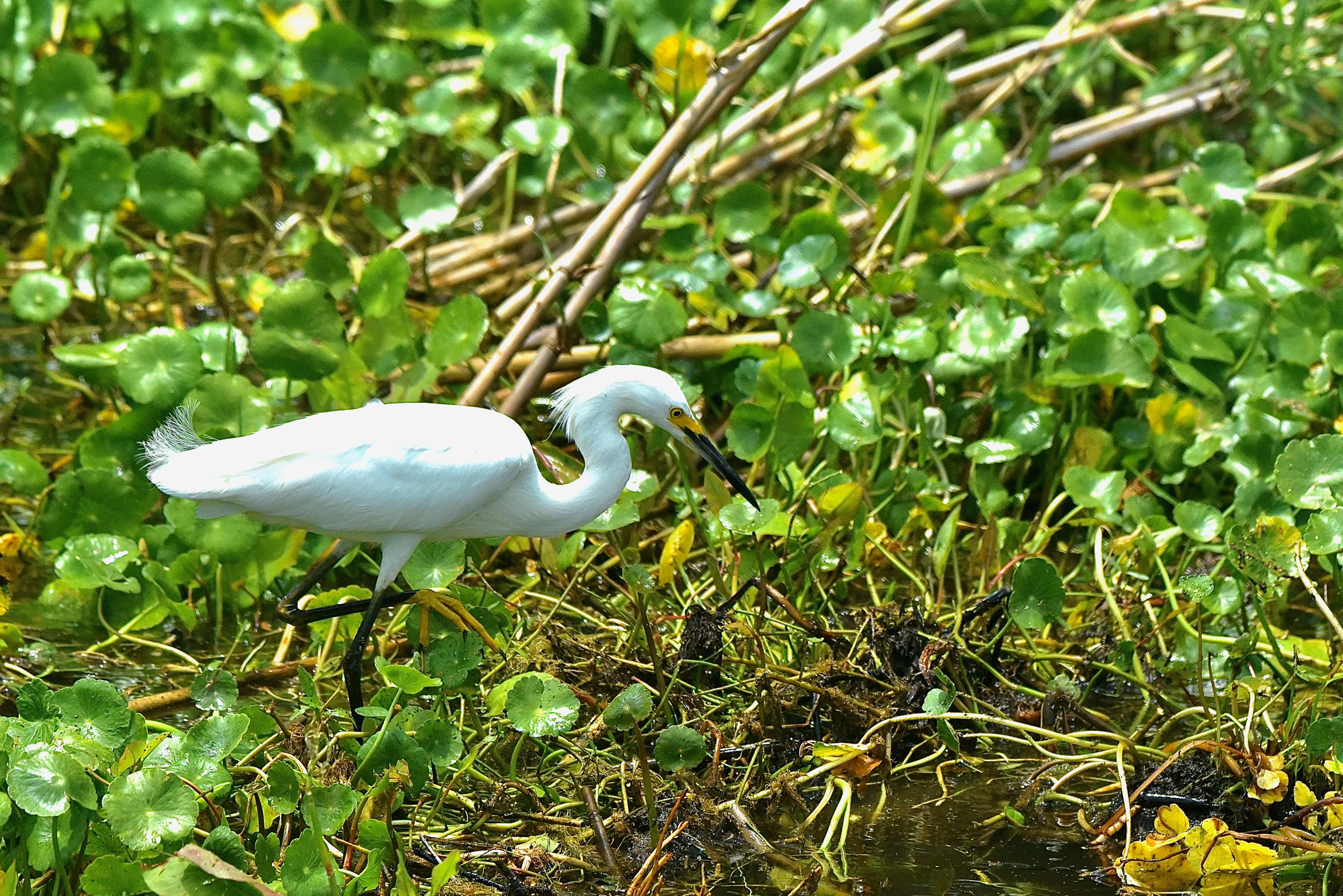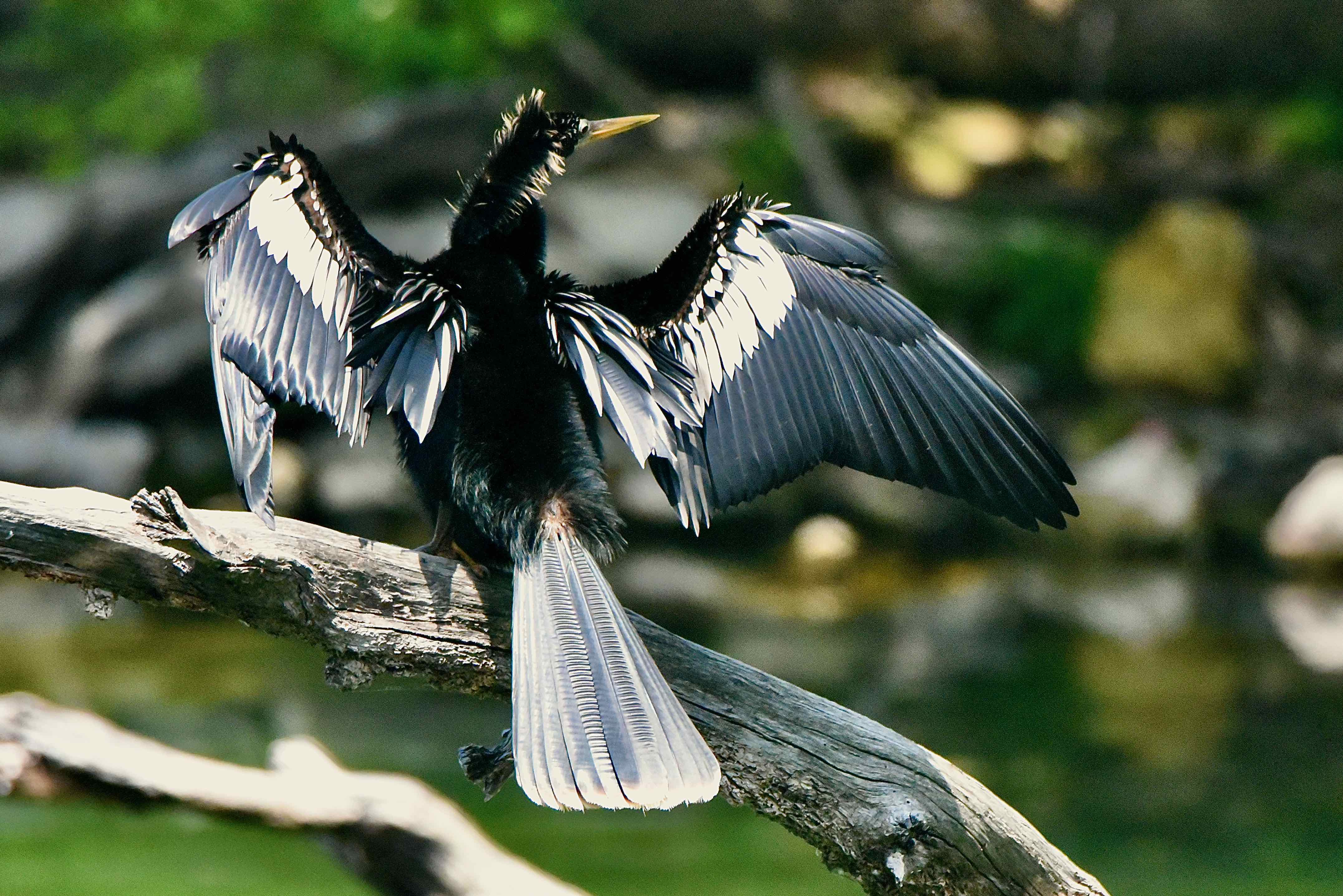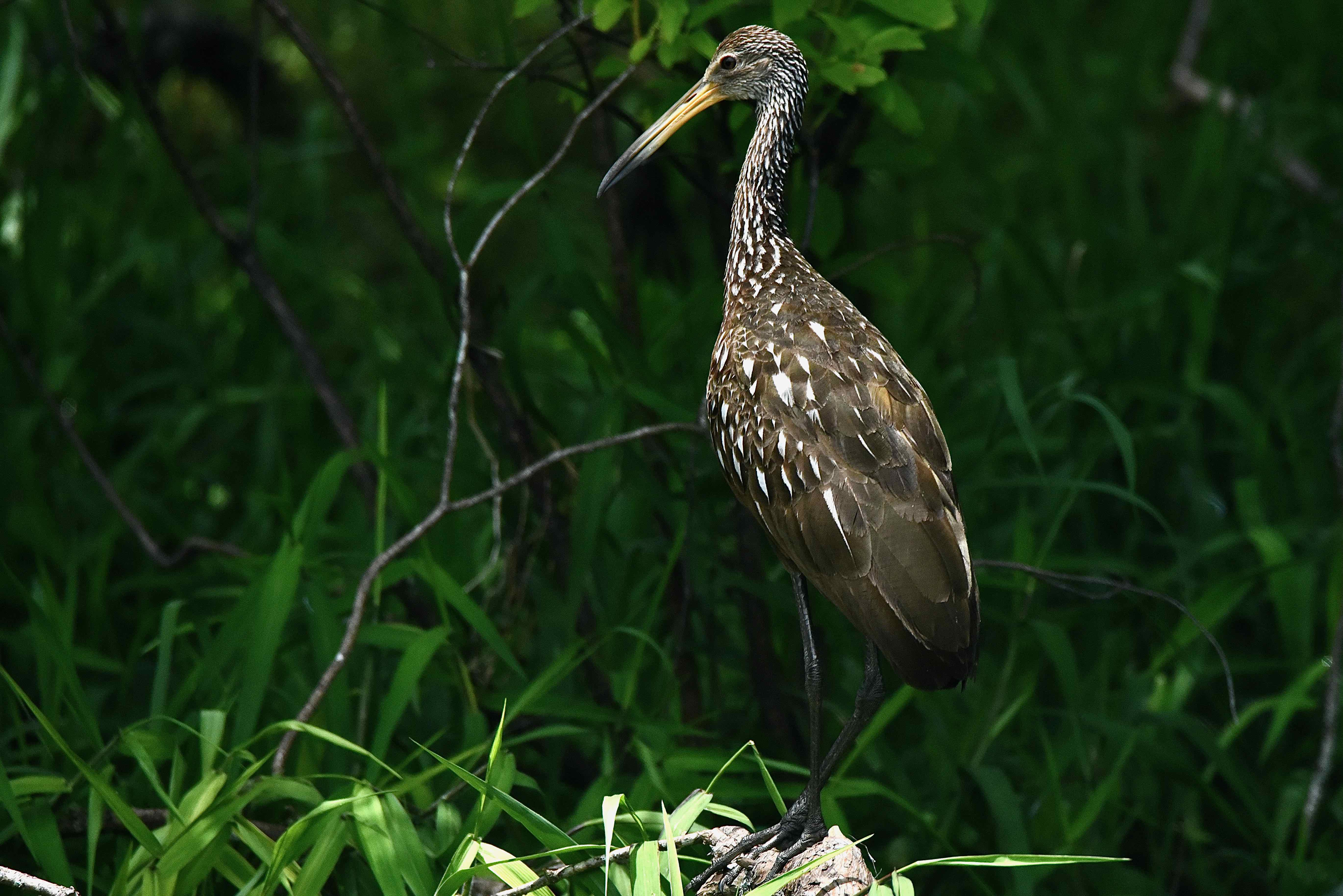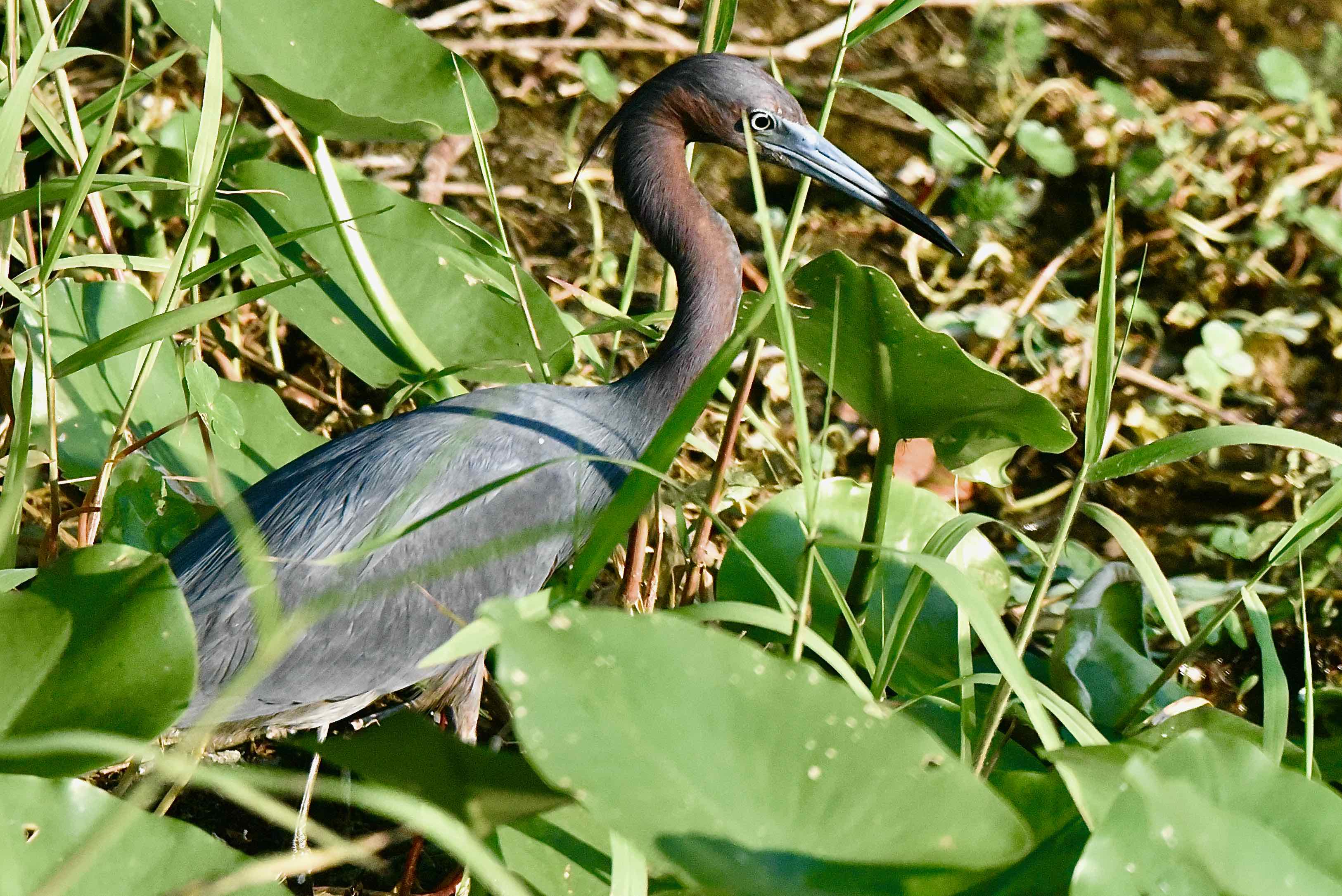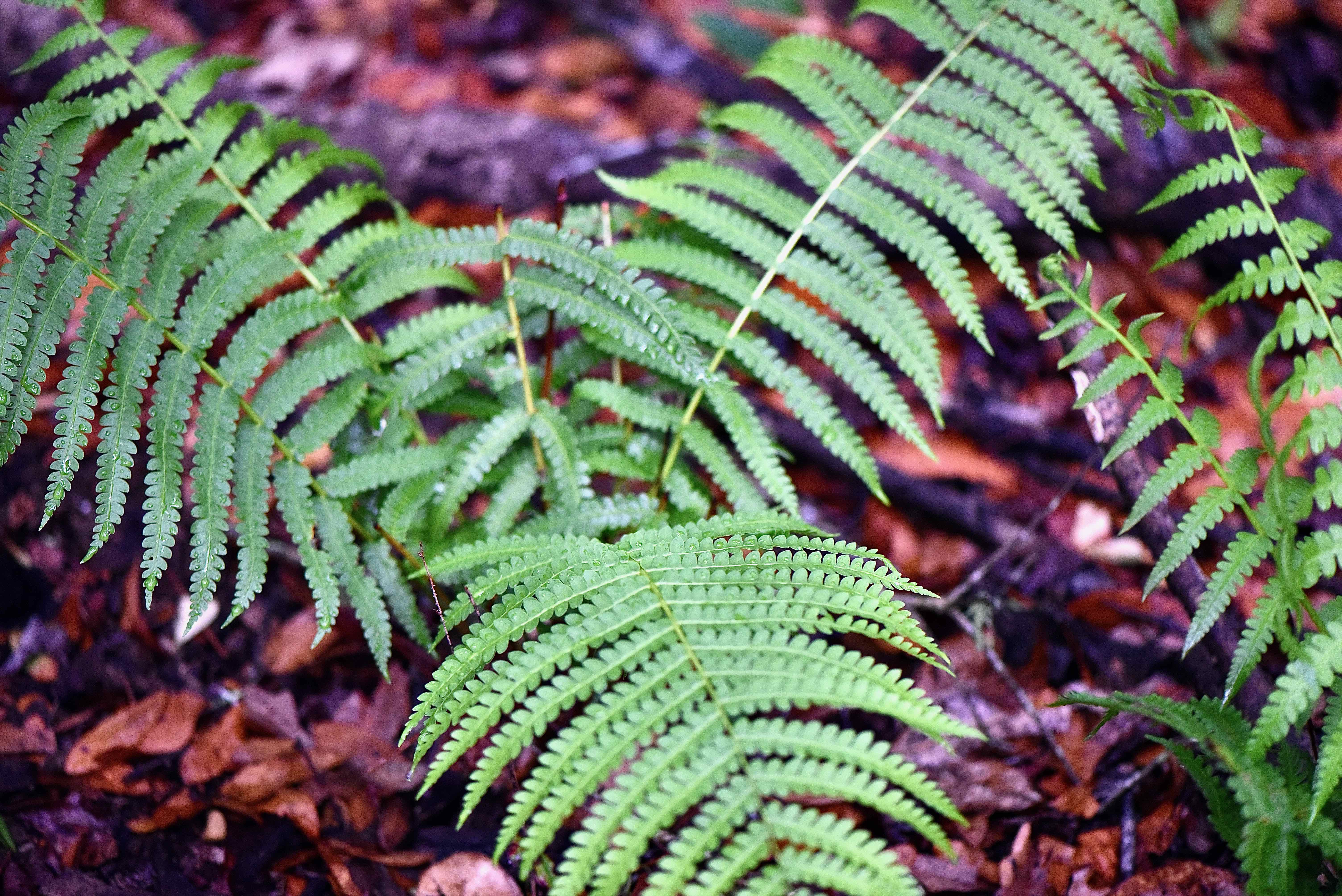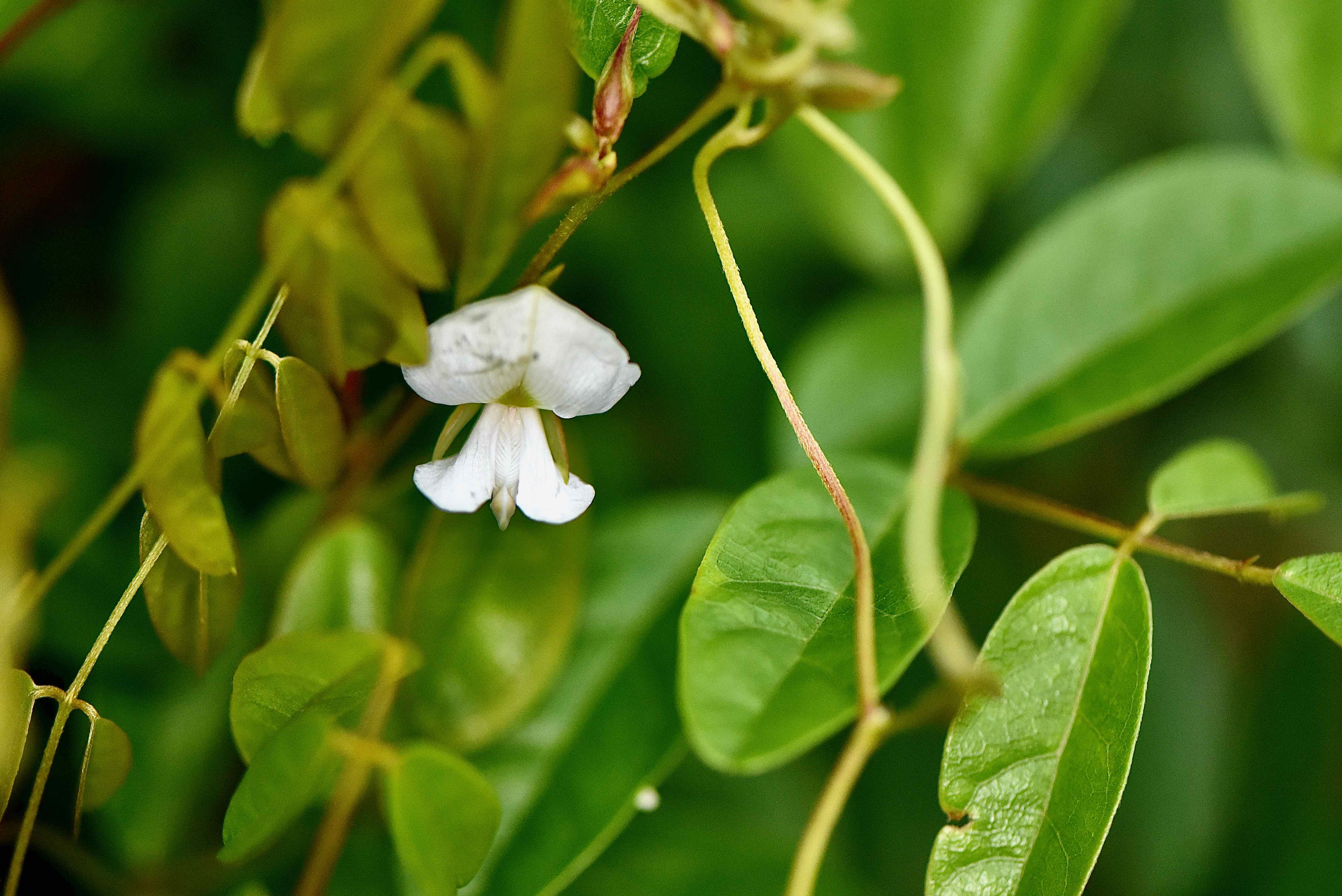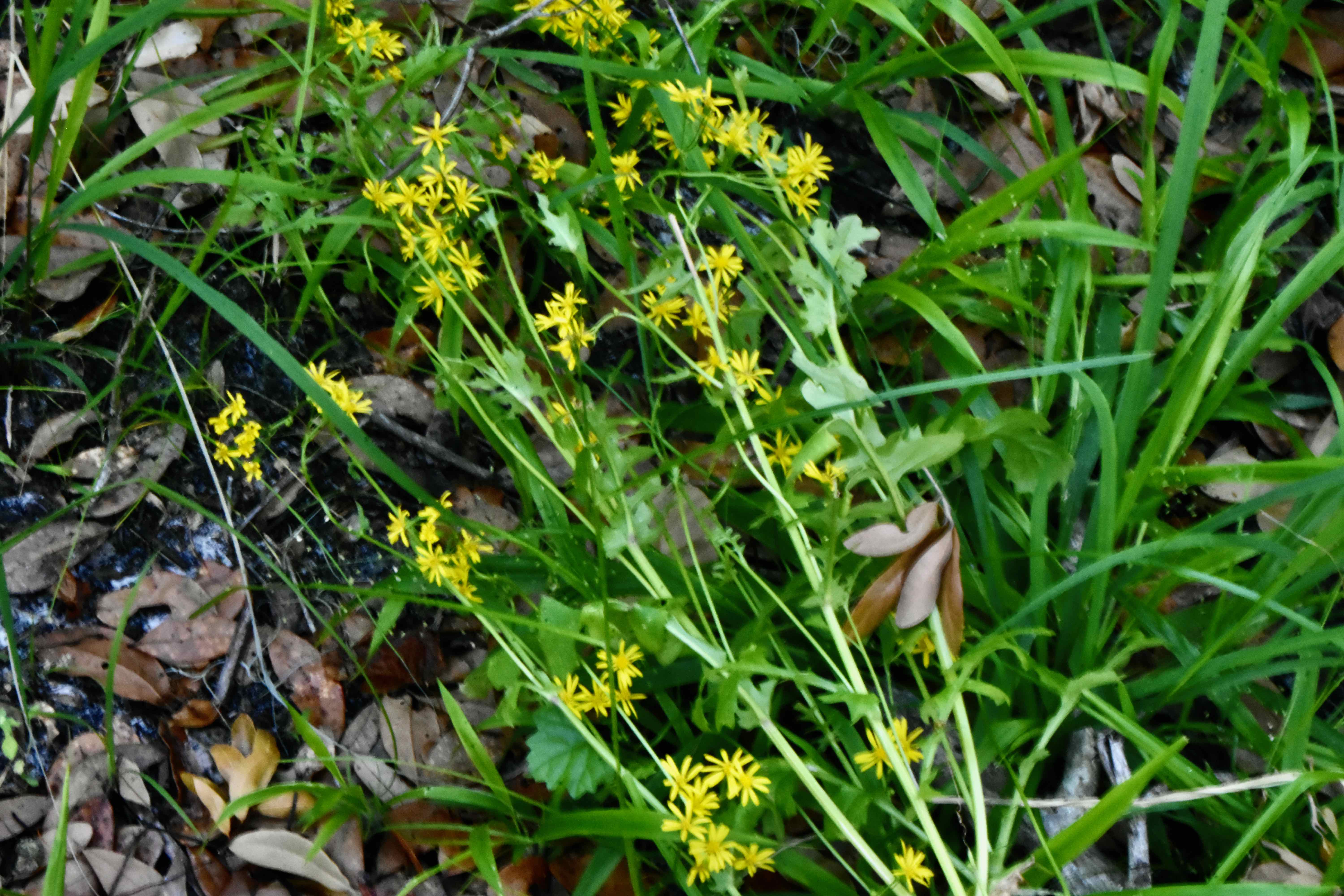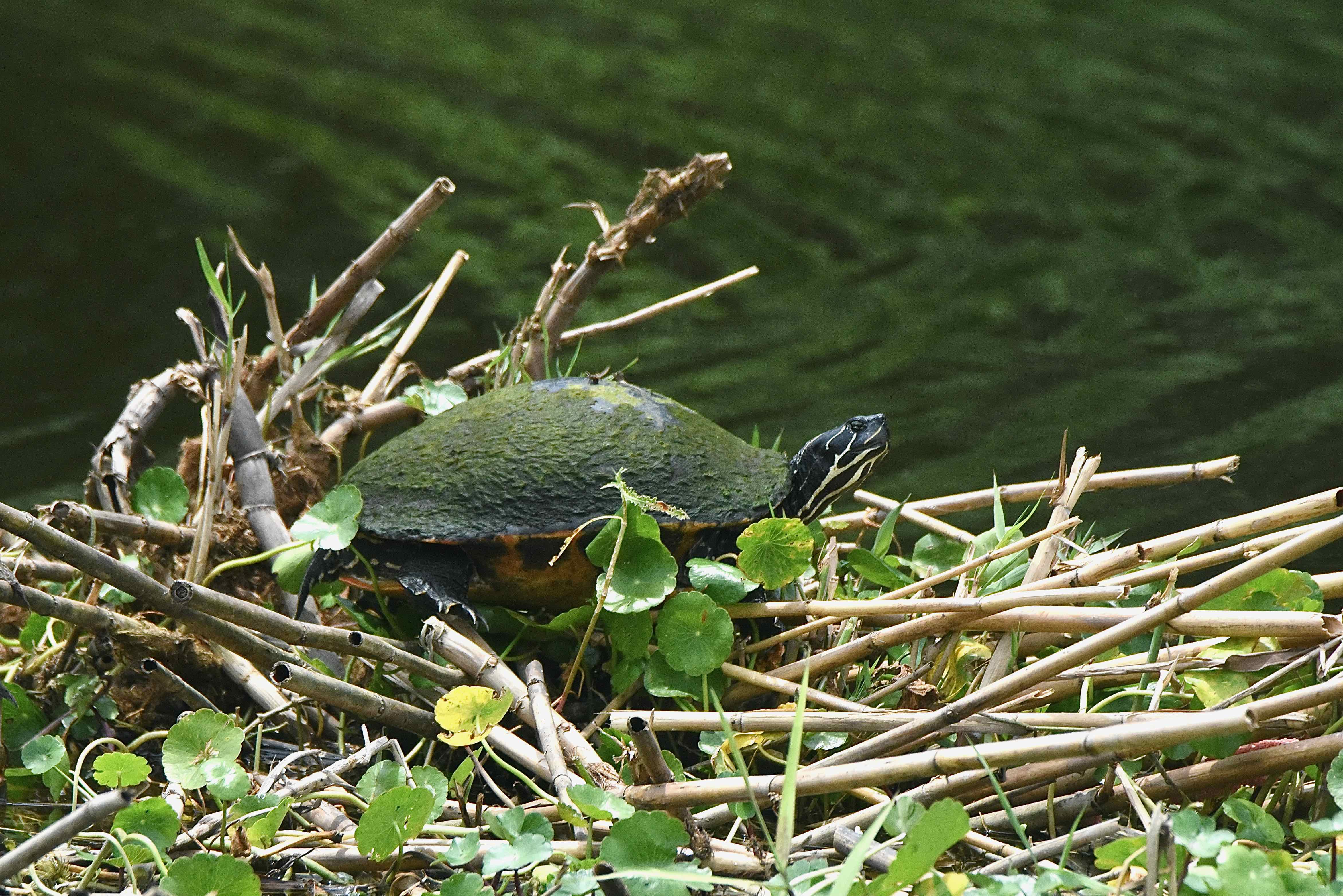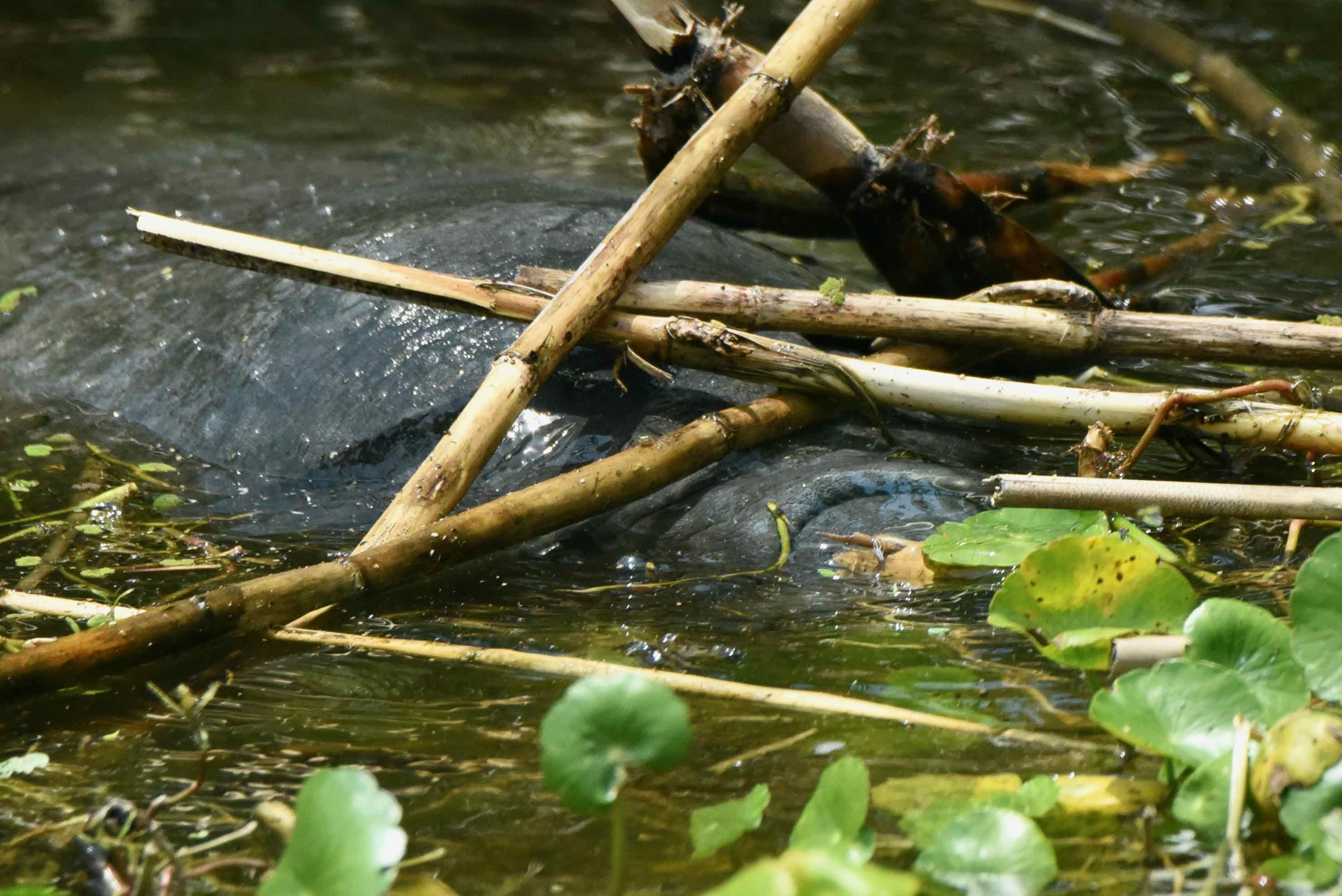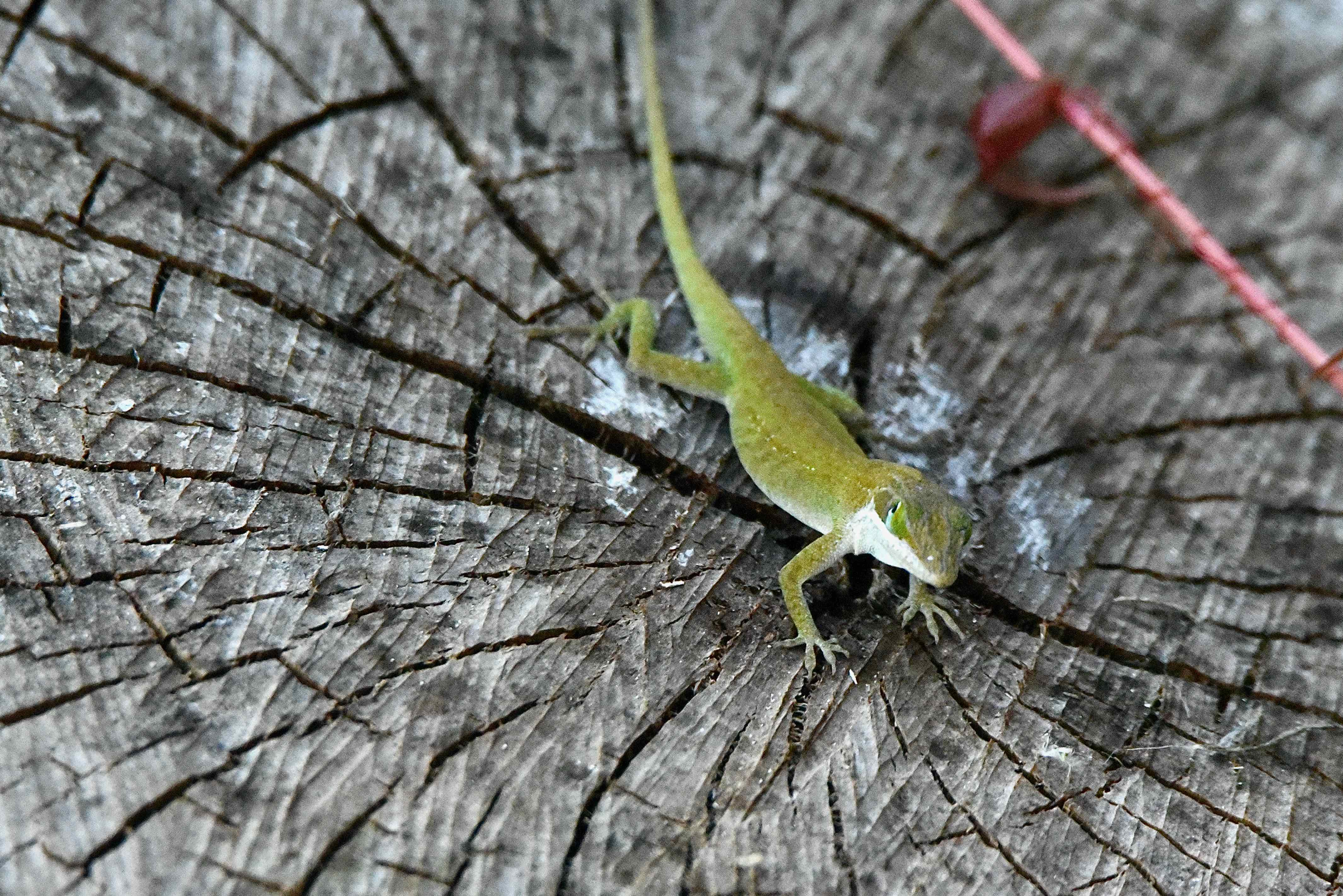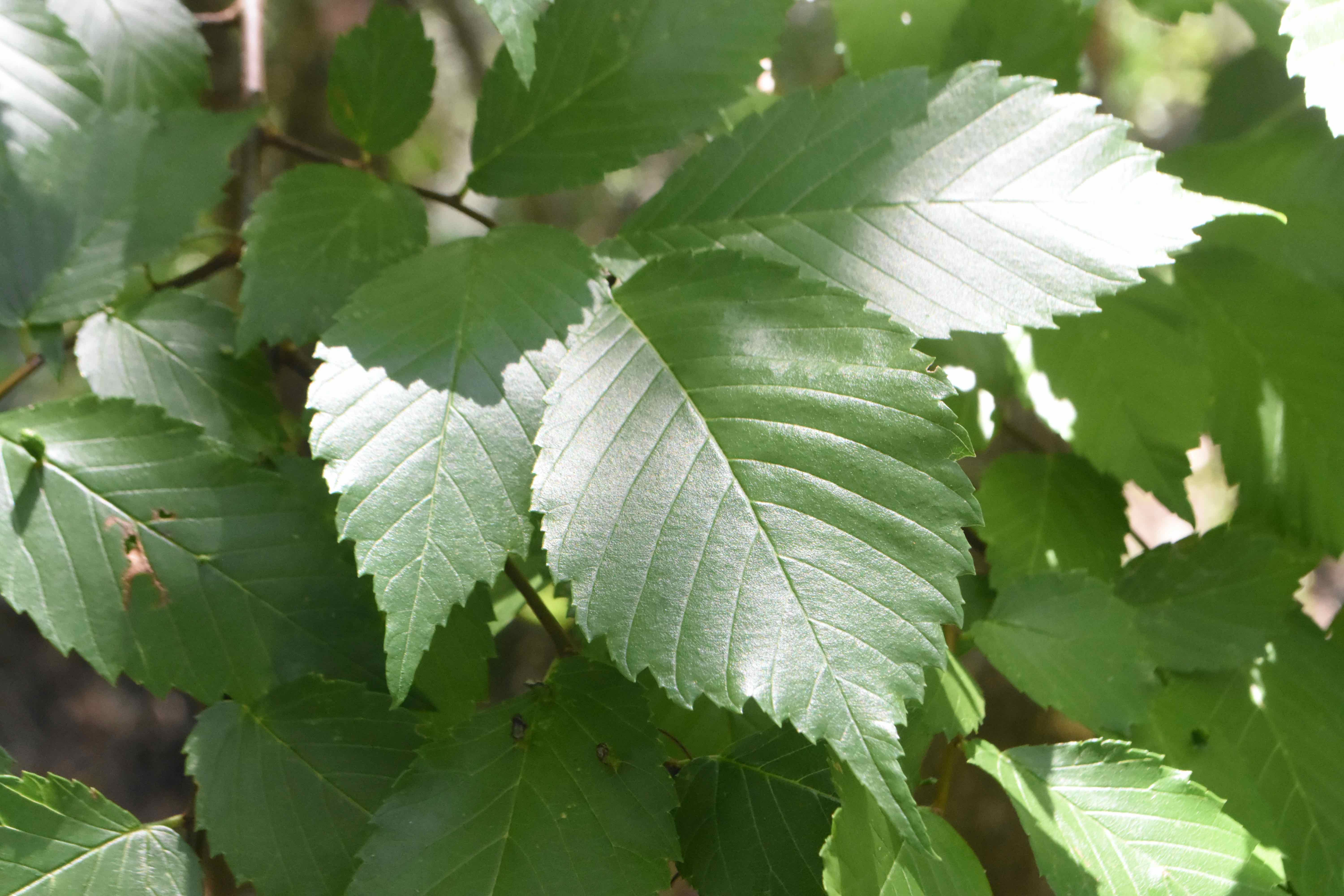Overview Long before a certain mouse decided to take up residence in Central Florida, the region's abundance of magnificent springs attracted tourists from far and wide. They still do, though not quite at the same level as the animated rodent. Blue Spring, along the St. Johns River, is one of them. The constant termperature of its waters — 72 degrees year round — make it a popular swimmming hole for us humans and a winter refuge for hundreds of West Indian manatees, which adds to the park's attraction. Blue Spring State Park is so popular that park rangers regularly limit the number of people who can enter it confines. There are no limits for manatees, however, and as many as 729 have been counted along the spring's quarter-mile run to the St. Johns.
The spring, of course, is the major feature that brings visitors to the park, but there's a lot more to explore within its 2,644 acres. There's the St. Johns River, Lake Beresford and the 4-mile Pine Island Trail, which moves through a hardwood hammock, sand pine flatwoods, scrub and freshwater marsh as it ends its course on the banks of the St. Johns. Altogether there are 21 distinct natural communities within the park.There is no shortage of wildlife in the woods along the river. A two-hour boat tour of the waters adjacent to the park is an easy way to explore the area's rougher edges in relative comfort. The tour and kayak and canoe rentals are through a private vendor, Blue Spring Adventures.
A few quick terms: The Vent — the gap in the ground where spring water emerges. Think of it as an opening to a cave, which it really is. The Boil — where water bubbles up to the surface, looking like it's boiling; The Run — the distance between the spring and the St. Johns River.
History: Archeological evidence shows that humans have continuously used Blue Spring and the surrounding areas for about six thousand years. The modern historical use of Blue Spring begins when Louis Thursby, a former gold prospector, bought the site to establish a citrus grove and built a house on it in 1856. Between then and the 1880s, steamboats would ply the St. Johns River as many as four times a day hauling goods and tourists, and Thursby's place became a regular stop. When the railroads came through, much of the river traffic dried up. Also within the park are relics of the Blue Spring Railroad and archeological evidence that the site was once used to produce indigo.
In the early 1970s, famed oceanographer Jacques Cousteau filmed an episode of his television show, The Undersea World of Jacqques Cousteau, featuring Blue Spring and the manatees that sought refuge there. The episode, narrated by Rod Serling and entitled The Forgotten Mermaids, caught the attention of state officials, who bought the site and opened the state park in 1972.
Blue Spring is a first magnitude artesian spring, meaning the water that feeds it comes from land that is at a higher elevations than the spring vent and boil, where it emerges from the ground. It's fed by a 137-square-mile catchment area, or "spring shed"; it can take decades for a drop of rain to work its way through the ground to the spring itself. The St. Johns Water Management District monitors the amount of water pumped out of the spring shed by homeowners, businesses, utilities and others in order to maintain adequate water flow to the spring.
What You'll See: Depending on the time of year, manatees, particularly in the cooler months. At other times, it's a matter of luck. You might catch one or two swimming up from the St. Johns. Along the boardwalk leading to the vent you might catch a glimpse of a barred owl, song birds or a white-tailed deer. In spring or fall, migrating birds can be present. Alligator patrol the St. Johns River and occasionally make their way into the run. Along the Pine Island Trail, you might find Florida scrub jays; in wilder places, bobcats and black bear are possibilities.
Amenities: There is so much at Blue Spring; where to begin? Logically at the spring itself. There is a swimming area that provides easy access to the run and there are concessionaires that rent inner tubes for those who want to make the slow drift down the run from the boil, and canoes and kayaks for those who want to explore the St. Johns River. Note: the swimming area is closed during the months that manatees are present. There is a gift shop and snack bar, boat tours of the St. Johns River, the four-mile-long Pine Island Trail, 51 camping sites and six cabins (they go quickly so plan ahead and be flexible). There are opportunities for swimming, snorkeling and scuba diving. There's also the historic Thursby House to tour.
Nearby: Hontoon Island State Park is nearby.
Links: The Great Florida Birding Trail's take on Blue Spring State Park is here. A park map and guide is here. The Friends of Blue Spring State Park is here.
Of Note: The park is open every day of the year 8 a.m. until sunset. There is a $6 entrance fee as of the date of this writing (July 2023). Park rangers do limit the number of visitors to Blue Spring State Park, but those with camping, canoe/kayak or boat tour reservations will be admitted regardless.
Cover Photo: Blue Spring State Park in many ways looks like your neighborhood park, with its picnic area, extensive manicured lawn, concession stands and parking lot. But it really is a wild place, home to every major mammal you might see in Florida sans the namesake panther. It's not likely but you could encounter black bears, bobcats and (more commonly) white-tailed deer. We spotted this one along the Blue Spring Trail near the vent.
The spring, of course, is the major feature that brings visitors to the park, but there's a lot more to explore within its 2,644 acres. There's the St. Johns River, Lake Beresford and the 4-mile Pine Island Trail, which moves through a hardwood hammock, sand pine flatwoods, scrub and freshwater marsh as it ends its course on the banks of the St. Johns. Altogether there are 21 distinct natural communities within the park.There is no shortage of wildlife in the woods along the river. A two-hour boat tour of the waters adjacent to the park is an easy way to explore the area's rougher edges in relative comfort. The tour and kayak and canoe rentals are through a private vendor, Blue Spring Adventures.
A few quick terms: The Vent — the gap in the ground where spring water emerges. Think of it as an opening to a cave, which it really is. The Boil — where water bubbles up to the surface, looking like it's boiling; The Run — the distance between the spring and the St. Johns River.
History: Archeological evidence shows that humans have continuously used Blue Spring and the surrounding areas for about six thousand years. The modern historical use of Blue Spring begins when Louis Thursby, a former gold prospector, bought the site to establish a citrus grove and built a house on it in 1856. Between then and the 1880s, steamboats would ply the St. Johns River as many as four times a day hauling goods and tourists, and Thursby's place became a regular stop. When the railroads came through, much of the river traffic dried up. Also within the park are relics of the Blue Spring Railroad and archeological evidence that the site was once used to produce indigo.
In the early 1970s, famed oceanographer Jacques Cousteau filmed an episode of his television show, The Undersea World of Jacqques Cousteau, featuring Blue Spring and the manatees that sought refuge there. The episode, narrated by Rod Serling and entitled The Forgotten Mermaids, caught the attention of state officials, who bought the site and opened the state park in 1972.
Blue Spring is a first magnitude artesian spring, meaning the water that feeds it comes from land that is at a higher elevations than the spring vent and boil, where it emerges from the ground. It's fed by a 137-square-mile catchment area, or "spring shed"; it can take decades for a drop of rain to work its way through the ground to the spring itself. The St. Johns Water Management District monitors the amount of water pumped out of the spring shed by homeowners, businesses, utilities and others in order to maintain adequate water flow to the spring.
What You'll See: Depending on the time of year, manatees, particularly in the cooler months. At other times, it's a matter of luck. You might catch one or two swimming up from the St. Johns. Along the boardwalk leading to the vent you might catch a glimpse of a barred owl, song birds or a white-tailed deer. In spring or fall, migrating birds can be present. Alligator patrol the St. Johns River and occasionally make their way into the run. Along the Pine Island Trail, you might find Florida scrub jays; in wilder places, bobcats and black bear are possibilities.
Amenities: There is so much at Blue Spring; where to begin? Logically at the spring itself. There is a swimming area that provides easy access to the run and there are concessionaires that rent inner tubes for those who want to make the slow drift down the run from the boil, and canoes and kayaks for those who want to explore the St. Johns River. Note: the swimming area is closed during the months that manatees are present. There is a gift shop and snack bar, boat tours of the St. Johns River, the four-mile-long Pine Island Trail, 51 camping sites and six cabins (they go quickly so plan ahead and be flexible). There are opportunities for swimming, snorkeling and scuba diving. There's also the historic Thursby House to tour.
Nearby: Hontoon Island State Park is nearby.
Links: The Great Florida Birding Trail's take on Blue Spring State Park is here. A park map and guide is here. The Friends of Blue Spring State Park is here.
Of Note: The park is open every day of the year 8 a.m. until sunset. There is a $6 entrance fee as of the date of this writing (July 2023). Park rangers do limit the number of visitors to Blue Spring State Park, but those with camping, canoe/kayak or boat tour reservations will be admitted regardless.
Cover Photo: Blue Spring State Park in many ways looks like your neighborhood park, with its picnic area, extensive manicured lawn, concession stands and parking lot. But it really is a wild place, home to every major mammal you might see in Florida sans the namesake panther. It's not likely but you could encounter black bears, bobcats and (more commonly) white-tailed deer. We spotted this one along the Blue Spring Trail near the vent.

